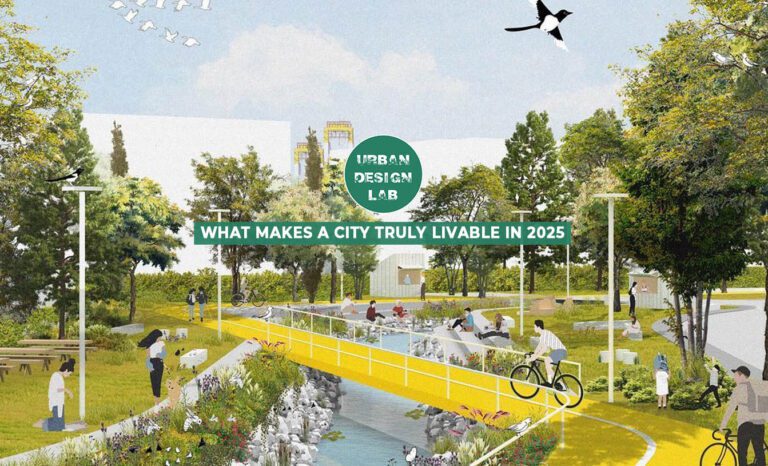
Urban Renewal Through Parks Public Markets and Community-Led Regeneration
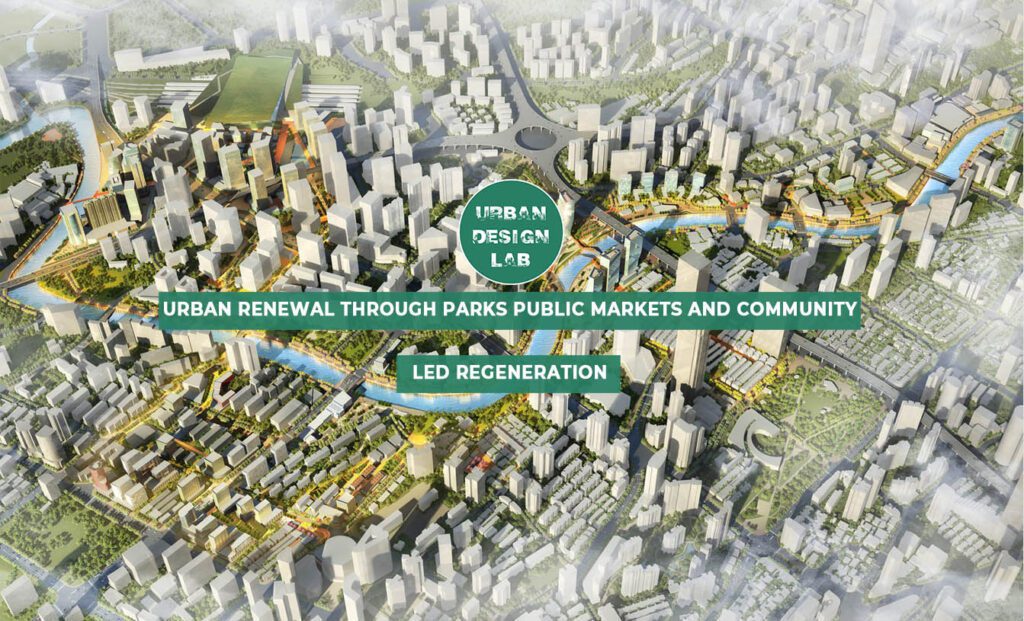
Urban renewal is a crucial tool for addressing urban decline and improving quality of life. As cities grow and infrastructure ages, renewal strategies help revitalize neighborhoods by restoring public assets, upgrading housing, and creating inclusive spaces. This article explores how urban renewal can extend beyond physical improvements to embrace social and environmental goals.
It begins by explaining the ongoing importance of urban renewal, with global examples from Hong Kong, Singapore, and South Korea illustrating its broad use. It then highlights the role of parks as healing spaces, using a case study from Belgium to show how redesigned green areas can support health, inclusion, and accessibility.
Public markets are explored as civic landmarks that reinforce local identity and foster community life. The renewal of Valencia’s Mercat de Colom demonstrates how preserving historic architecture while introducing new uses can revitalize urban space.
The article also addresses deteriorating housing a clear sign of inequality. While renewal can improve conditions, it must be managed carefully to avoid displacement and rising costs for vulnerable residents.
Lastly, the article emphasizes community-led regeneration, where participation is embedded from the start. These examples show that meaningful urban renewal must be holistic, people-centered, and grounded in local realities.
Why urban renewal is important
Urban renewal is a key concept in planning, often used to respond to areas facing decline. It focuses on addressing critical urban issues such as outdated infrastructure, neglected public spaces, limited recreational areas, and deteriorating housing. This approach is seen as a way to improve living conditions by revitalizing neighborhoods, protecting cultural and natural assets, and enhancing the spatial and environmental quality of cities.
Beyond the physical transformation, urban renewal plays an important role in promoting socio-economic change, which is why it has become a central policy tool in many cities worldwide. As urban populations continue to grow and cities grapple with complex challenges such as housing rights, and access to public spaces, urban renewal emerges as a valuable opportunity to reimagine environments in more inclusive and sustainable ways.
For instance, since 2001, Hong Kong has launched more than 50 redevelopment projects. Singapore has completed 38 urban regeneration initiatives, while cities like Busan, in South Korea, have carried out 25 projects. These examples reflect a strong and ongoing commitment to rethinking urban spaces.
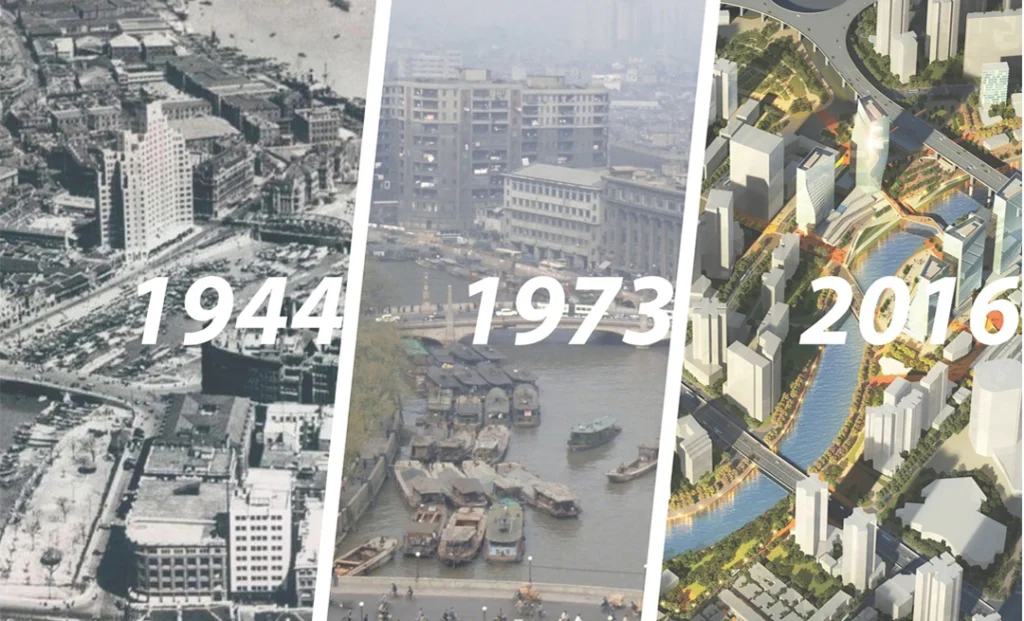
Parks as a healing space
Public parks and green spaces play a crucial role in reducing health risks such as mental health issues, obesity, and social isolation. At the same time, they support overall well-being by encouraging physical activity and offering places for social connection both essential for building healthier, more inclusive cities.
Many European countries stand out for incorporating these ideas into their urban planning strategies. For example, the European Environment Agency recommends that every resident should have access to a green space within a 15 minute walk from home, highlighting the importance of equitable and accessible nature in everyday life.
A case study in Belgium explored how renewing an urban park influenced its use. The study found an increase in visits to green spaces, particularly those featuring new play structures designed for different age groups and improved accessibility for people with limited mobility. This suggests that the renewed park became a welcoming place for both social gatherings and individual visitors. One possible reason is that the redesign included features that not only encouraged interaction, such as inclusive playgrounds but also offered quiet spaces for solitary enjoyment.
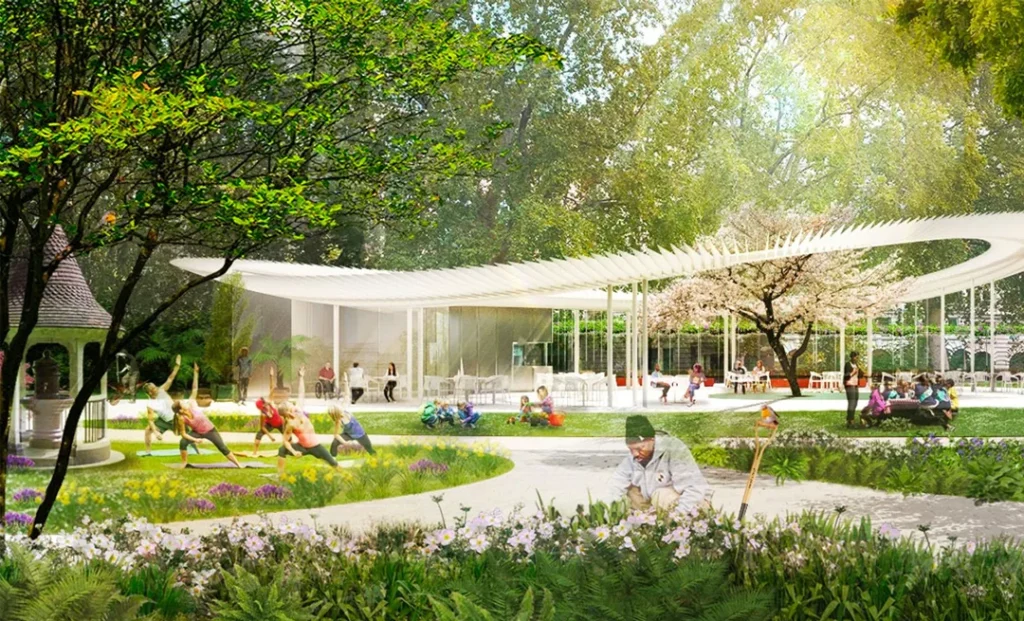
Source: Website Link
Public markets : Mercado de Colón
Public markets have always been the heart of civic life, places where people from all walks of life come together, and where local culture is reinforced and celebrated. Mercat de Colom is one of those special places. Located in the city center of Valencia, Spain, this building was designed by Francisco Mora between 1914 and 1916. It was created in response to the early 20th-century need for a supply market, serving the growing neighborhood as part of the city’s First Expansion Project.
By the 1990s, the building had fallen into disrepair, and its original function no longer matched the evolving needs of the community. The renewal process began in 1996 and was carried out in two stages. The first focused on restoring the historic structure, adding underground parking, and creating a lower-level commercial area. The second stage introduced glass volumes that housed new commercial spaces while preserving the original architecture.
This thoughtful combination of restoration and innovation created a unique space where past and present meet. In recognition of its successful transformation, Colom received the Patrimonio Cultural Europeo award in 2003, in the category of restoration Works
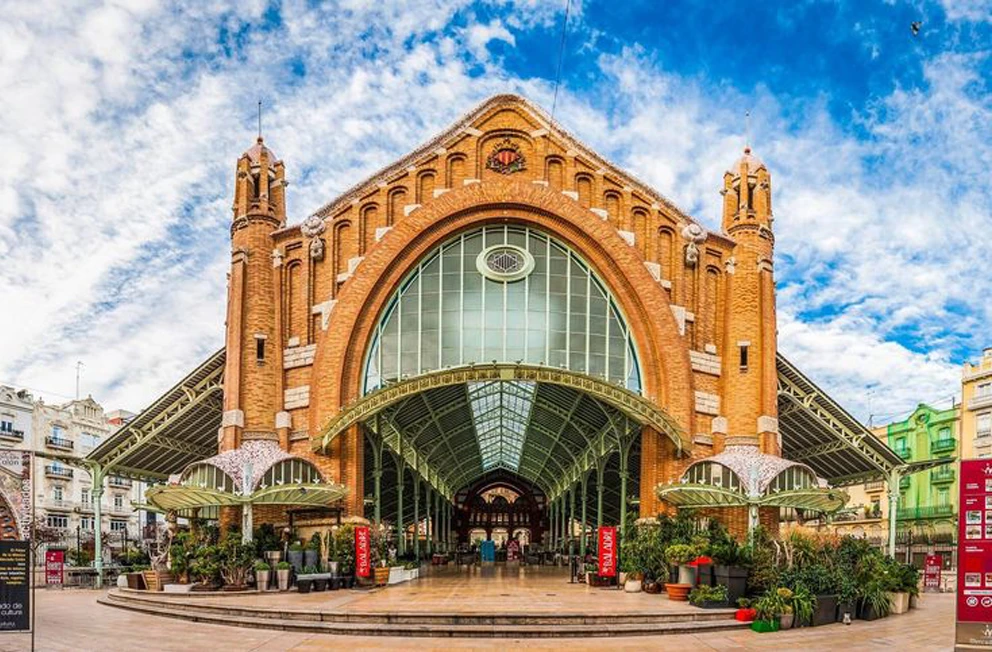
Residential Renewal
In many cities, deteriorating housing is one of the most visible signs of urban decline. Poor building conditions, overcrowding, and a lack of maintenance not only compromise residents’ safety but also erode their sense of dignity and belonging. These environments often mirror deeper structural problems such as social inequality, inadequate public investment, and the unchecked expansion of informal settlements.
At the same time, cities are undergoing rapid transformation, driven by population growth and shifting urban dynamics. This has intensified the demand for adequate housing, especially in areas already under pressure. In response, residential renewal has emerged as a key strategy, not only to expand housing supply but also to improve the overall quality of urban spaces.
However, residential renewal is a complex and uneven process. It brings both opportunities and challenges, with outcomes that vary widely among residents. While renewal efforts can enhance living conditions and provide long-term economic benefits for some, they also carry immediate social costs. These may include the risk of displacement, increased living expenses, and a heavier financial burden on existing residents that often fuels inequality and social tension during the transition.
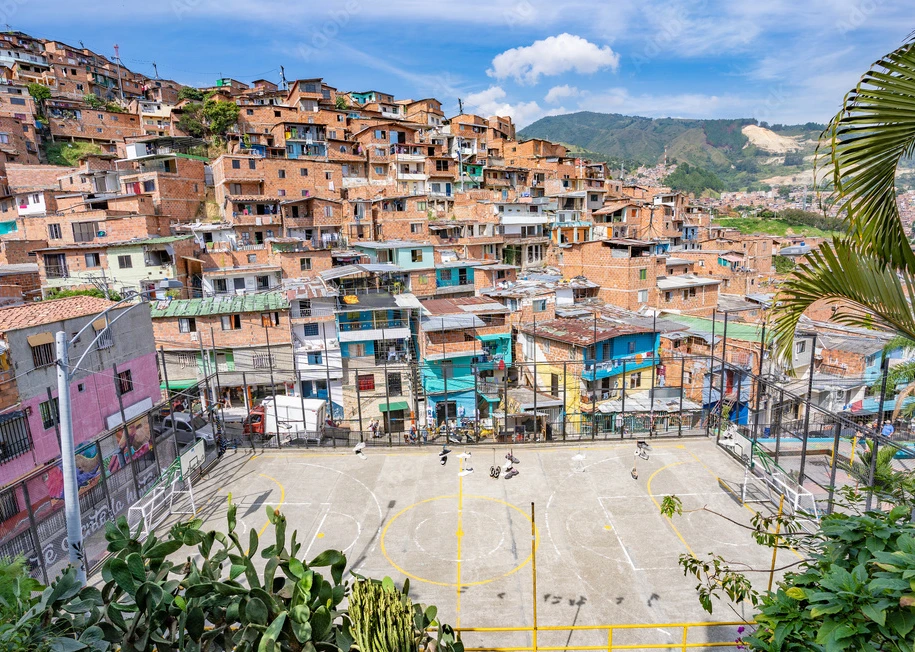
Comunity led regeneration
Social participation has increasingly been recognized as a key tool in the development of urban renewal projects. Many argue that involving communities early in the decision-making process helps prioritize intervention areas more effectively. When paired with a human-centered approach and a place-based vision, participation aims to improve quality of life encouraging residents themselves to take an active role in shaping their surroundings.
However, these processes are not without challenges. Balancing diverse perspectives, expectations, and goals can be difficult and often requires more time, resources, and coordination. There’s also an ongoing debate about what constitutes effective participation how to ensure it moves beyond symbolic gestures and leads to meaningful outcomes.
While participatory design is widely discussed in theory, there is still a gap in documenting real-world applications. More case studies and shared experiences are needed to better understand how community-led regeneration plays out on the ground and how it can be scaled in diverse urban contexts.
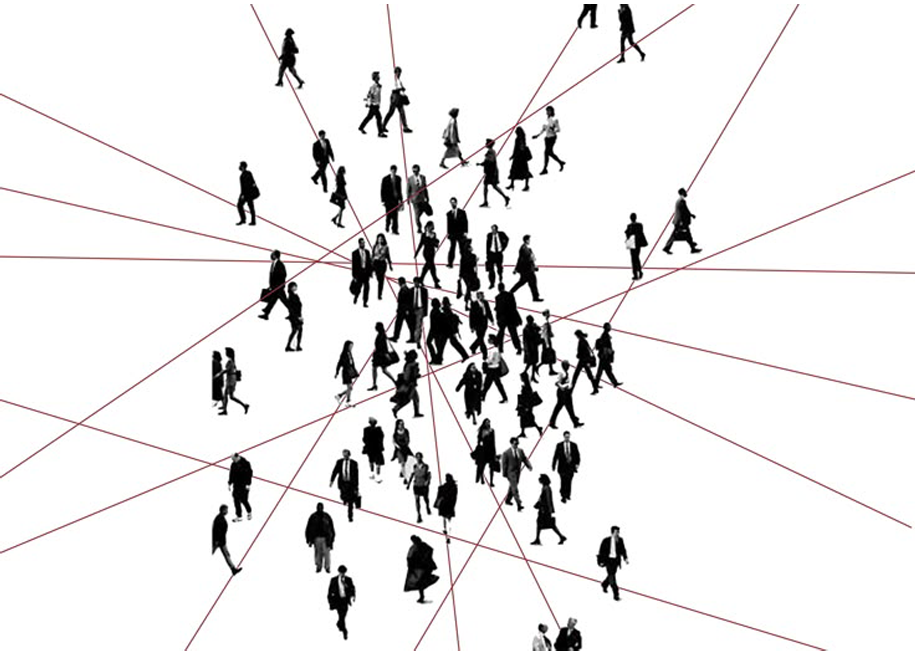
-1
-1
-1
-1
-1
Conclusion
Urban renewal is more than a set of design strategies, it represents a way to rethink how people live together in shared spaces. When approached with care, it has the potential to restore neglected areas, and enhance life.
The cases of renewed parks, public markets, community-led initiatives, and housing rehabilitation illustrate how various tools and scales can work together to regenerate cities from within. While each approach is different, they are united by a common goal: to create urban environments that are inclusive and vibrant.
Yet, these processes also raise critical questions. How can governments develop policies that truly anticipate and prevent gentrification? Are housing rights being genuinely prioritized, or are they overshadowed by commercial interests? And how can participation methodologies be improved, especially in the early stages of projects so that communities are not only consulted but meaningfully involved?
As urban renewal continues to shape the future of cities, its success must be evaluated not only by what is physically built, but by who is included in the process, which needs are placed at the center of transformation. Ultimately, renewal should not only be about changing the urban landscape, but about building cities where everyone feels they belong.
References
- Jianqiang Cui, Wout Broere, Dong Lin. (2020). Underground space utilisation for urban renewal. Delft University of Technology, DOI: https://doi.org/10.1016/j.tust.2020.103726
- Helen Wei Zheng, Geoffrey Qiping Shen, Hao Wang, Jingke Hong (2014).Simulating land use change in urban renewal areas: A case study in Hong Kong. The Hong Kong Polytechnic University. DOI: https://doi.org/10.1016/j.habitatint.2014.10.008
- Louise Poppe , Delfien Van Dyck, Emma De Keyser. (2023).The impact of renewal of an urban park in Belgium on park use, park-based physical activity, and social interaction: A natural experiment. Ghent University. DOI: https://doi.org/10.1016/j.cities.2023.104428
- Magdalena Miśkowiec, (2023).Urban courtyards as local points of sustainable urban regeneration challenges to community participation in urban courtyard-related projects in Polish Cities, Jagiellonian University, Poland. DOI: https://doi.org/10.1016/j.ccs.2023.100522
- Harel Nachmany, Ravit Hananel. (2023). The Urban Renewal Matrix. Tel-Aviv University. DOI: https://doi.org/10.1016/j.landusepol.2023.106744
- Mercat de Colom: https://mercadocolon.es/origenes/

Juliana ocaña
About the Author
Juliana Oaña is an architect, with a Master’s in Urban Design from the National University of Colombia. She has explored how public space and building interfaces shape inclusive and vibrant cities through research, design, and community-oriented work. Her interests lie in integrating digital tools with contextual design to strengthen the relationship between people and place. With a human-centered and exploratory approach, she aims to reimagine urban environments in more adaptive and meaningful ways
Related articles
UDL GIS
Masterclass
Gis Made Easy- Learn to Map, Analyse and Transform Urban Futures
Session Dates
15th-19th December 2025

Urban Design Lab
Be the part of our Network
Stay updated on workshops, design tools, and calls for collaboration
Curating the best graduate thesis project globally!
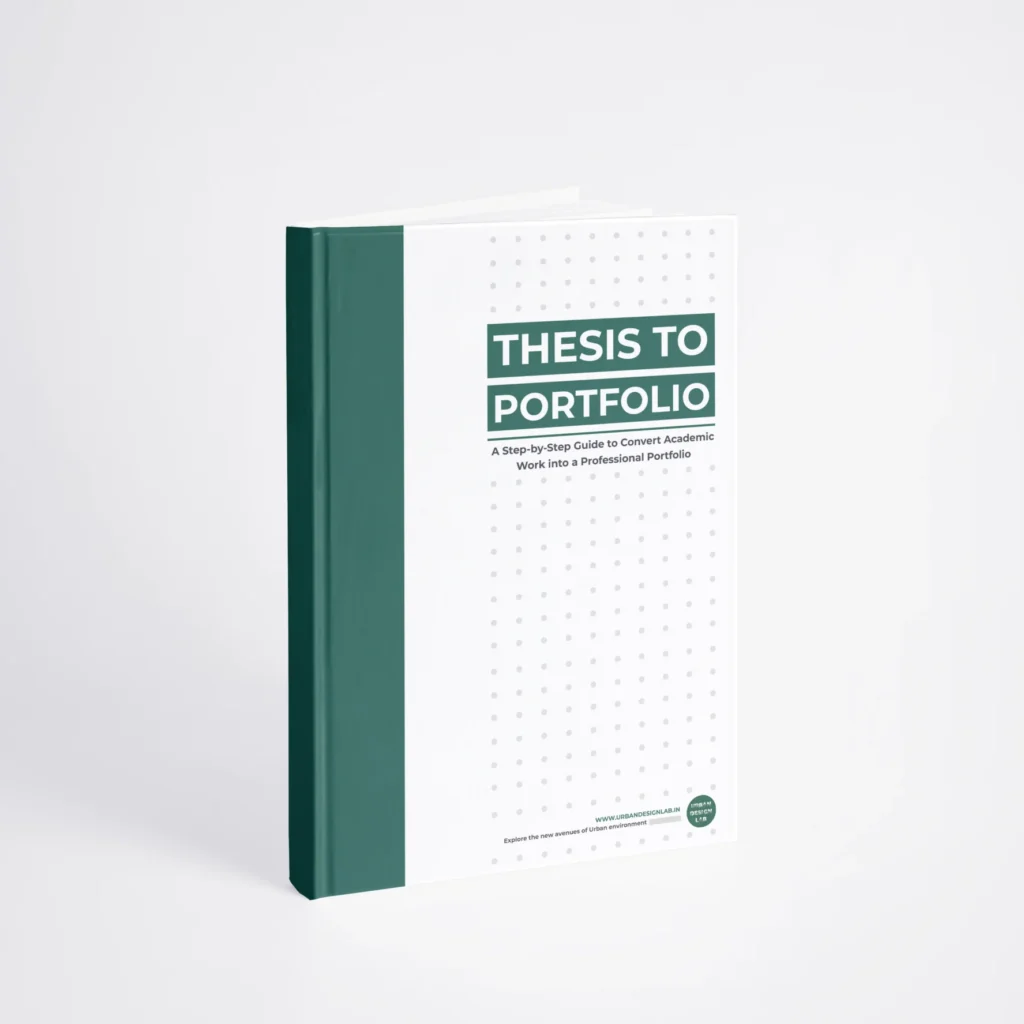
Free E-Book
From thesis to Portfolio
A Guide to Convert Academic Work into a Professional Portfolio”
Recent Posts
- Article Posted:
- Article Posted:
- Article Posted:
- Article Posted:
- Article Posted:
- Article Posted:
- Article Posted:
- Article Posted:
- Article Posted:
- Article Posted:
- Article Posted:
- Article Posted:
- Article Posted:
Sign up for our Newsletter
“Let’s explore the new avenues of Urban environment together “
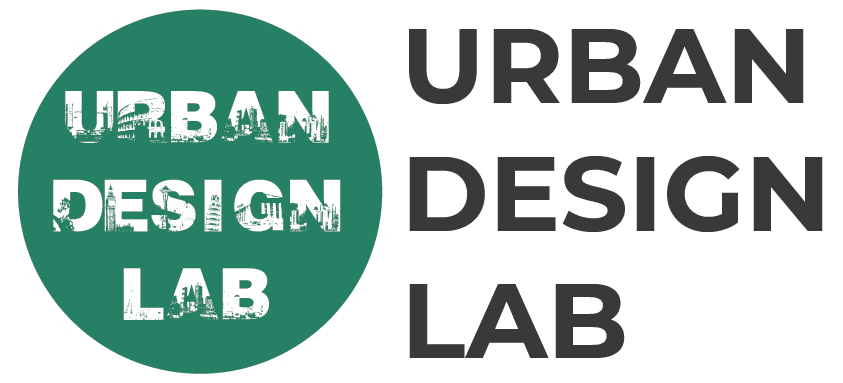
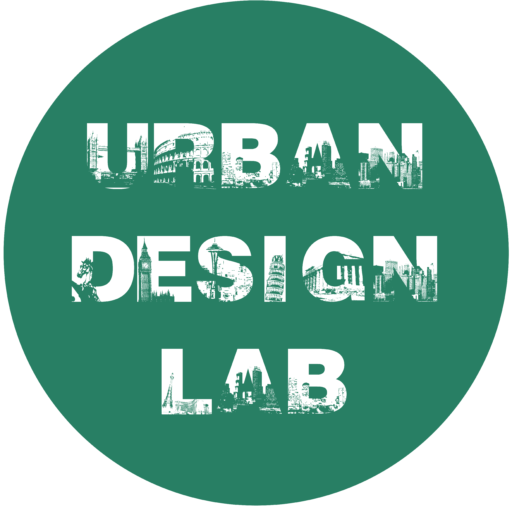
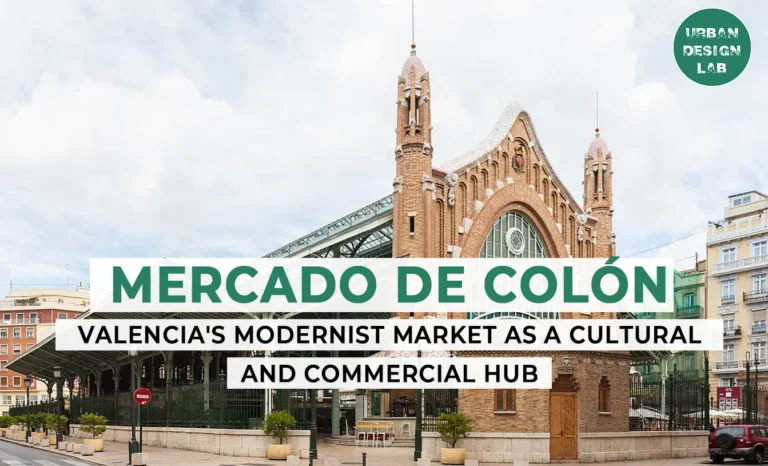
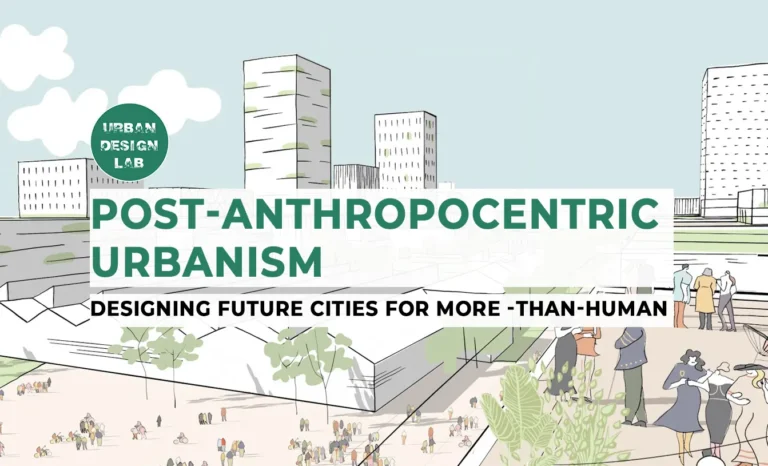
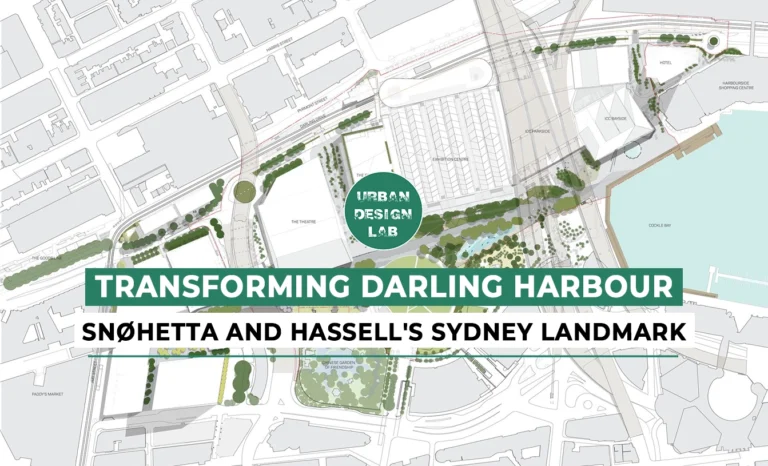
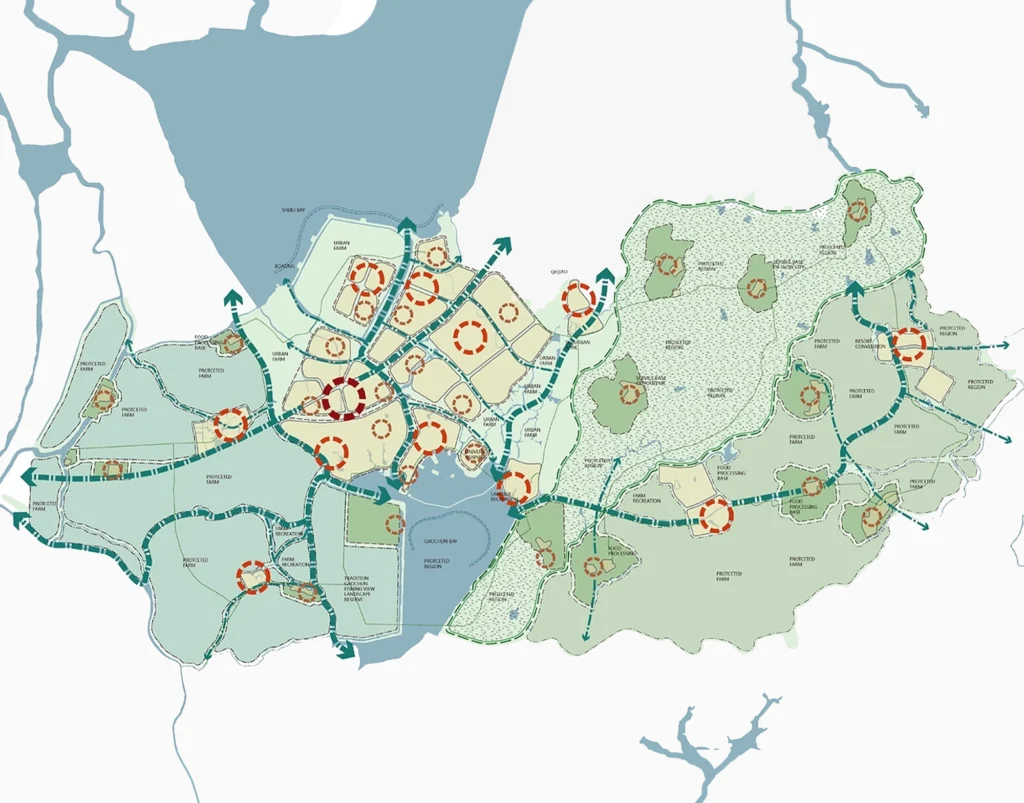
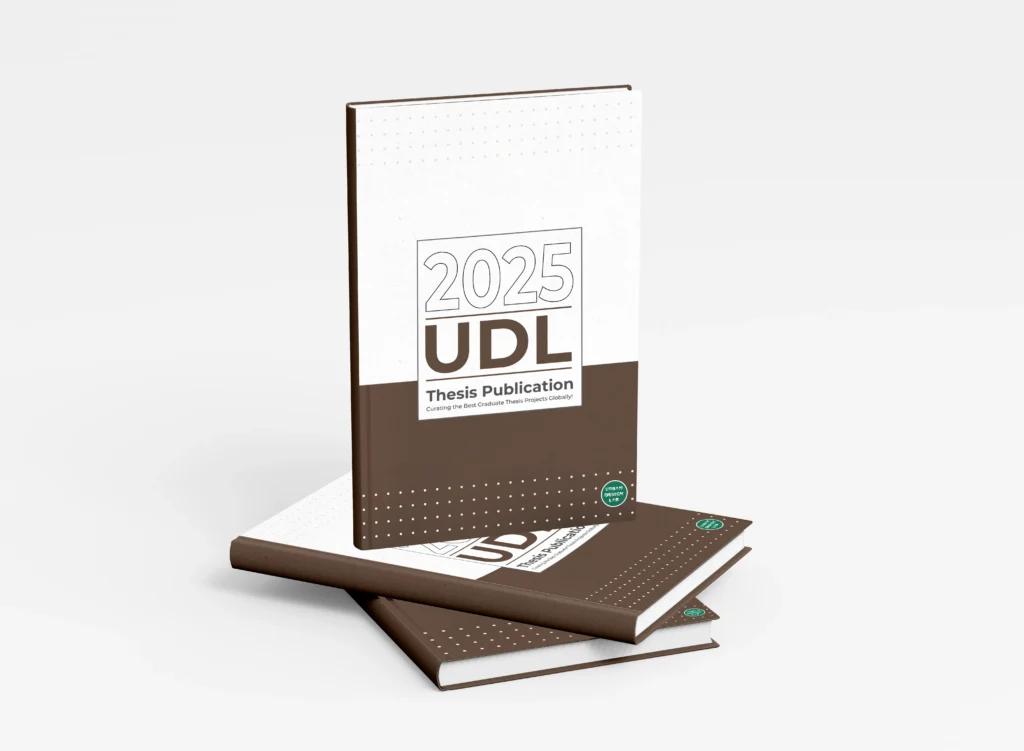
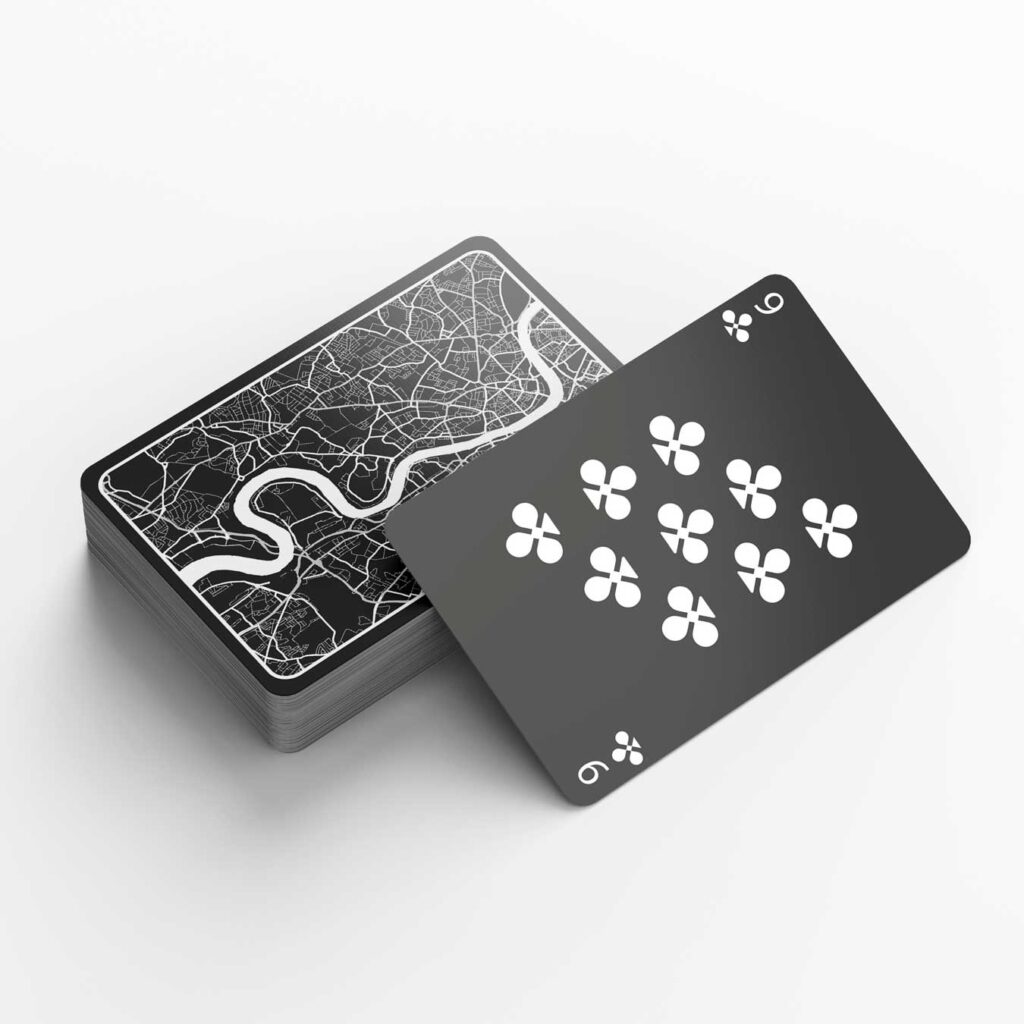

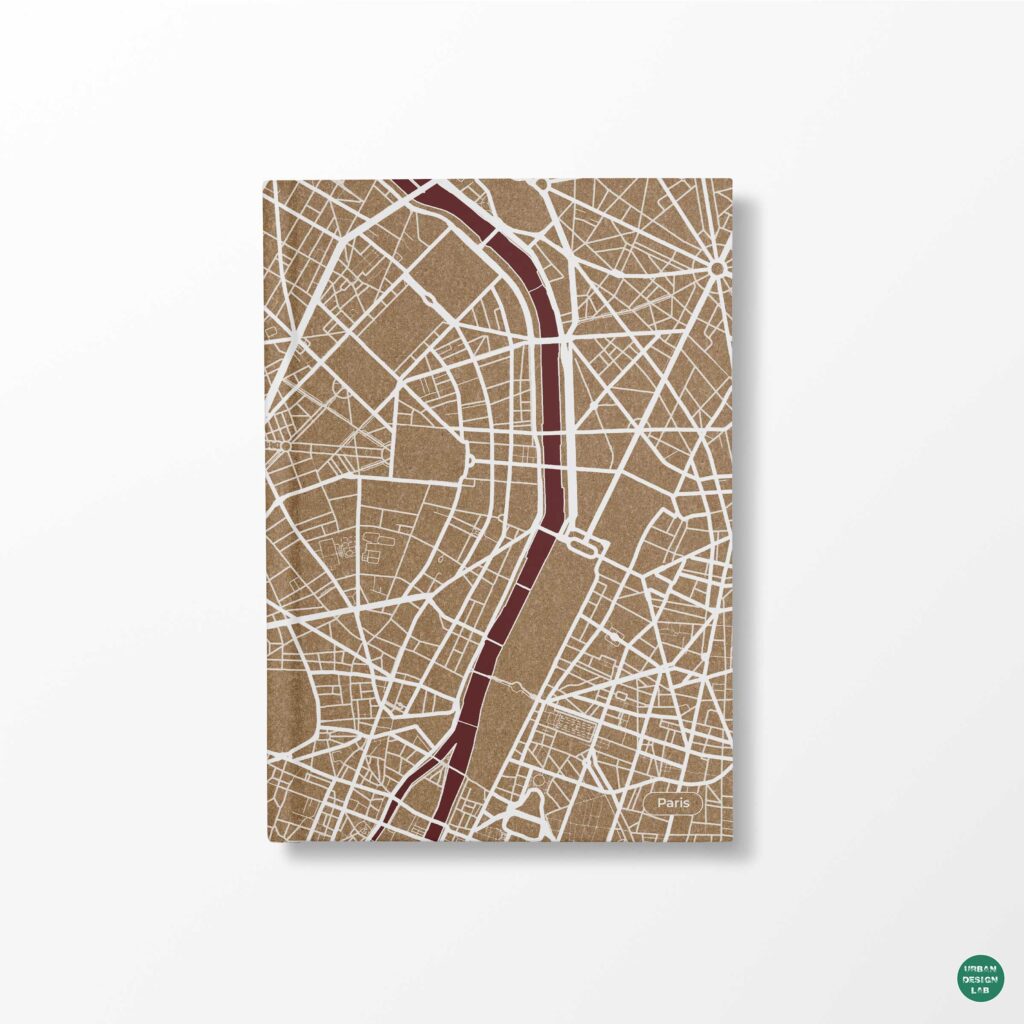
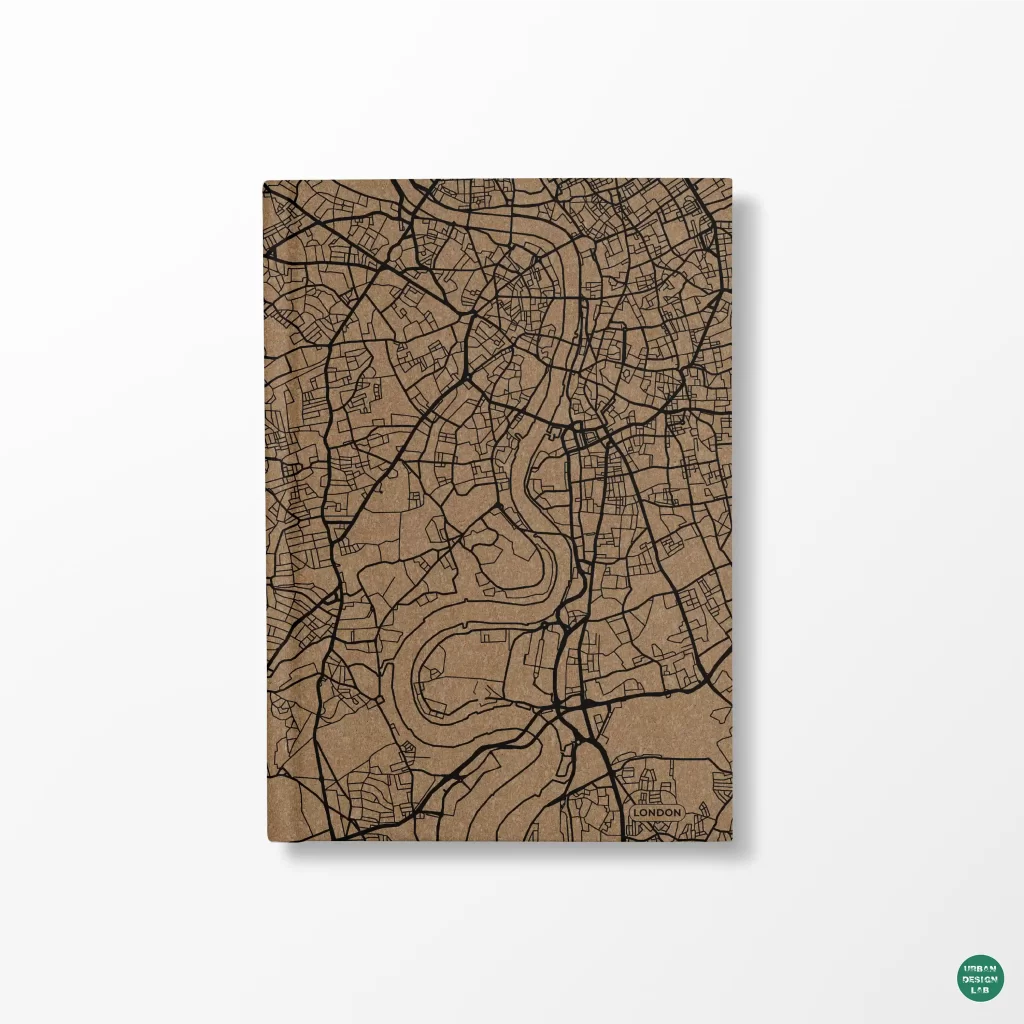
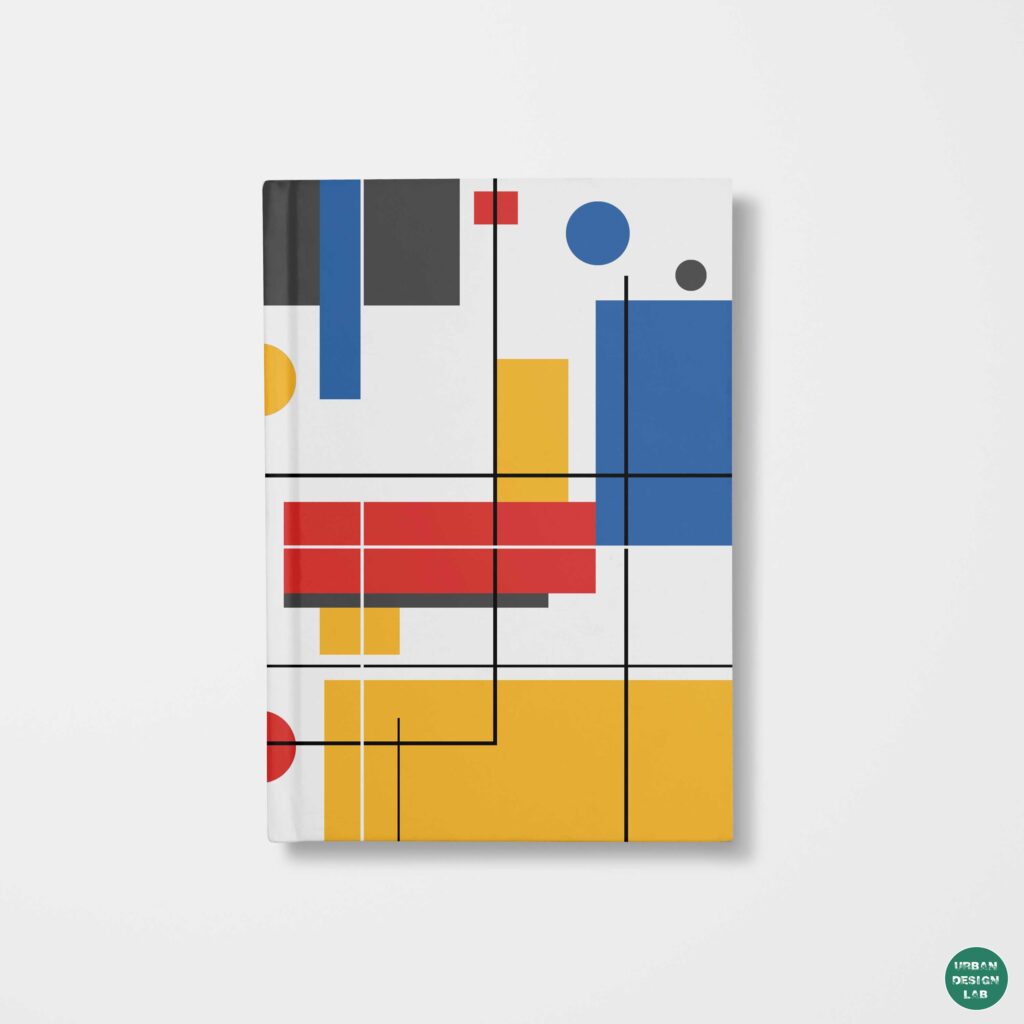
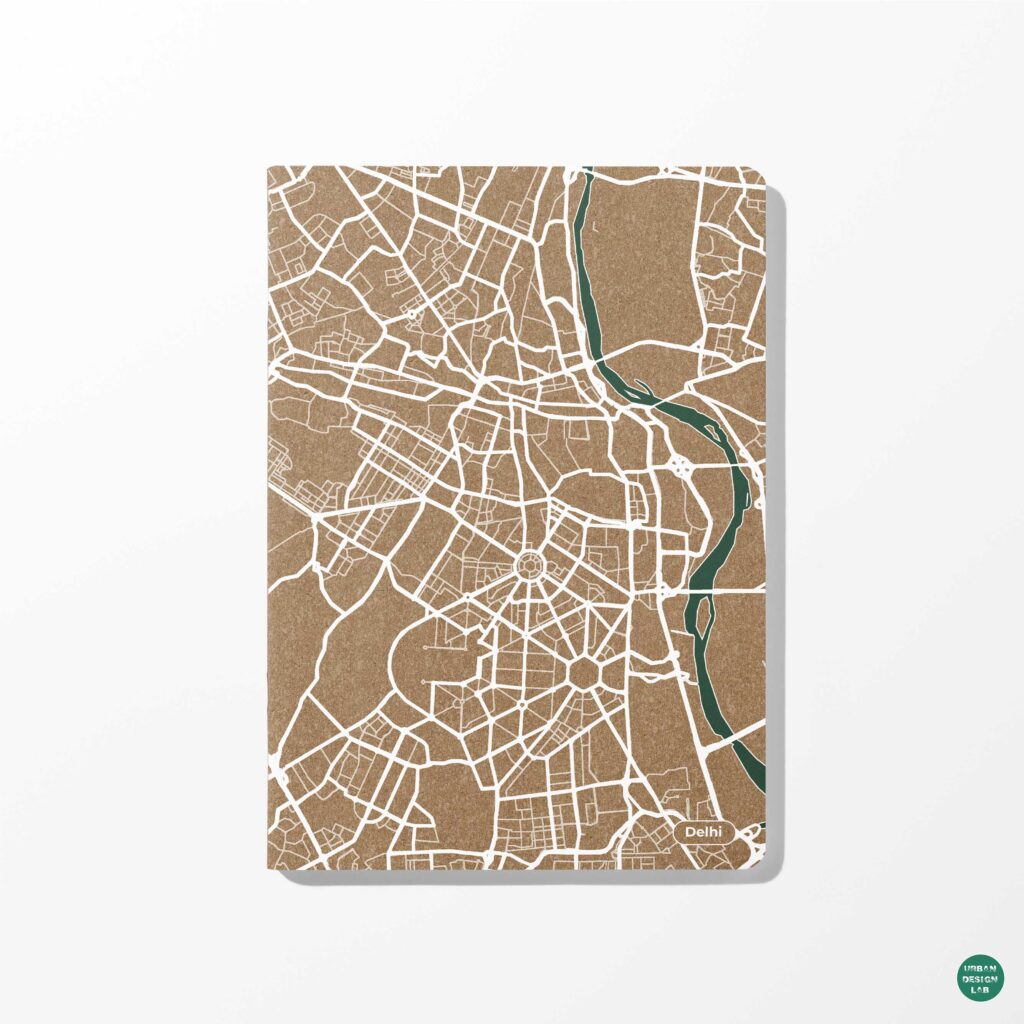

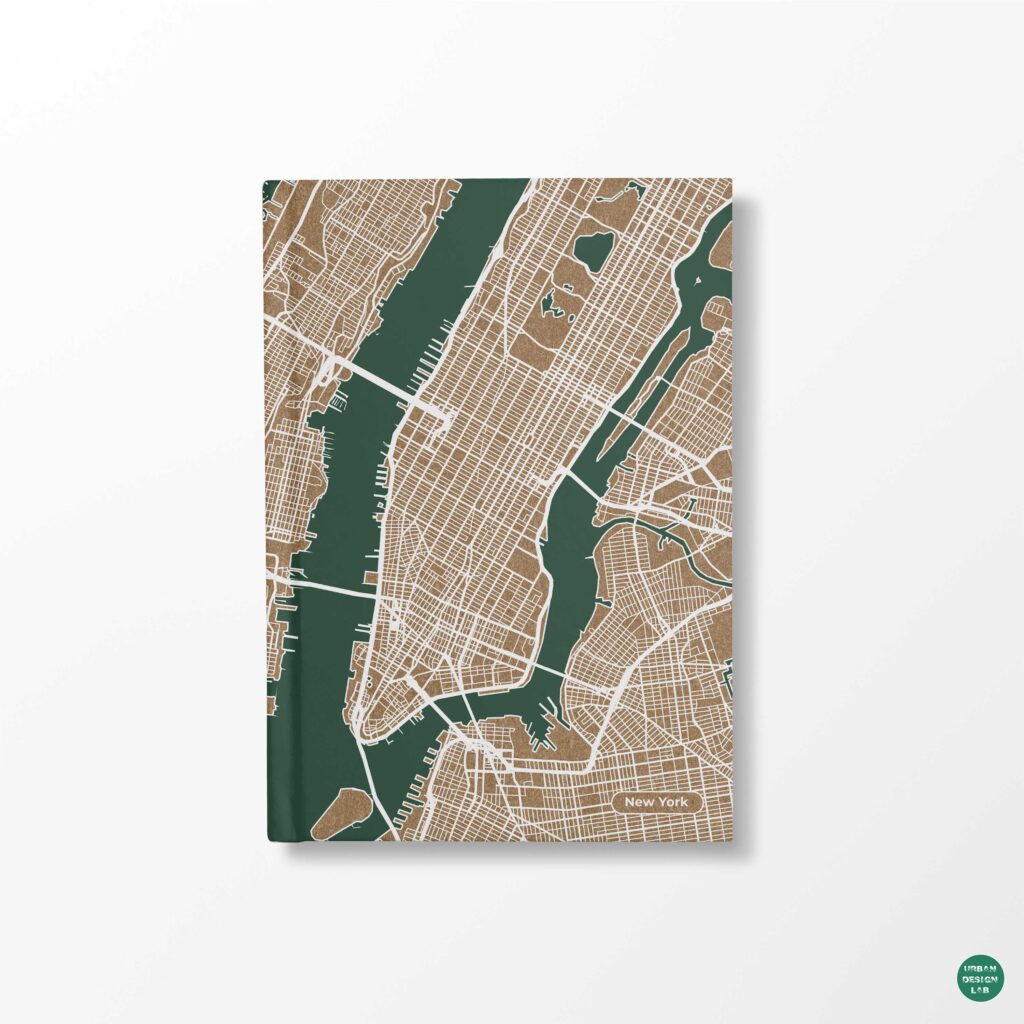
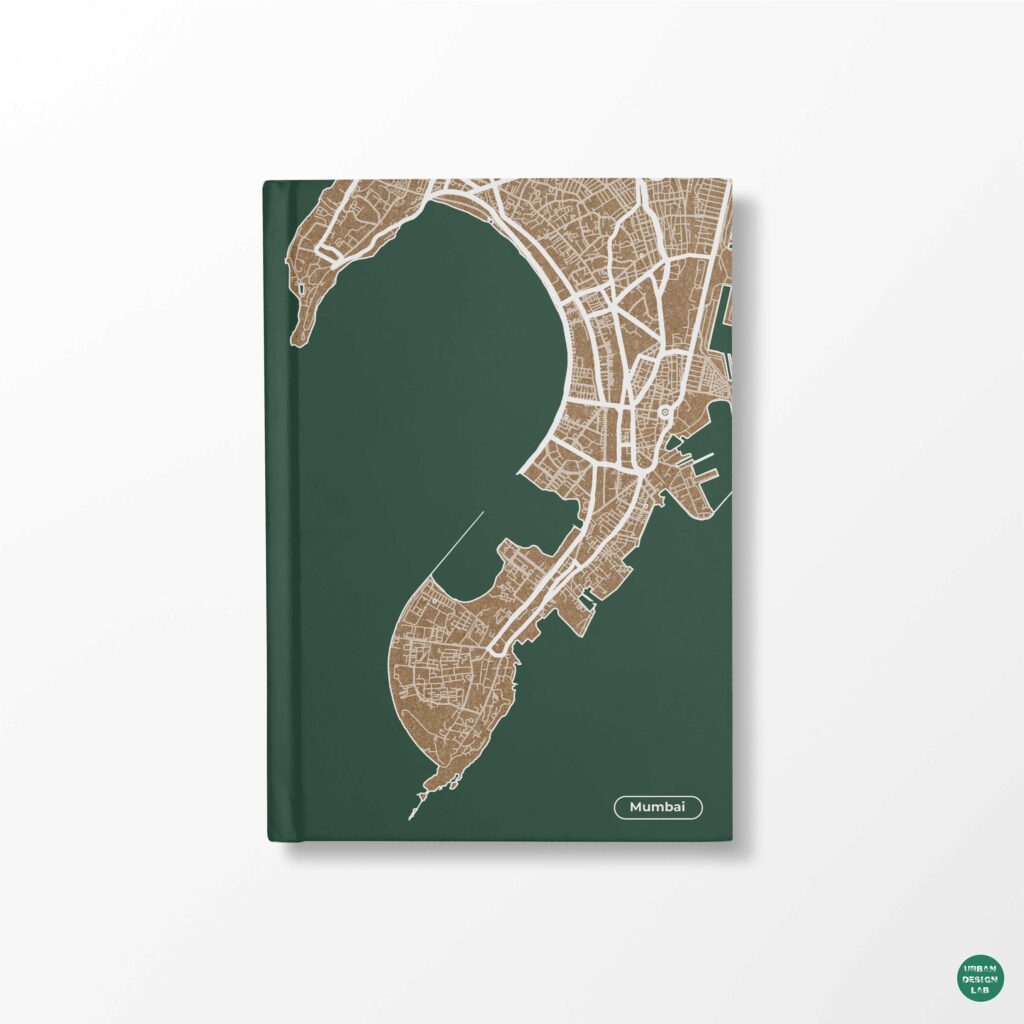
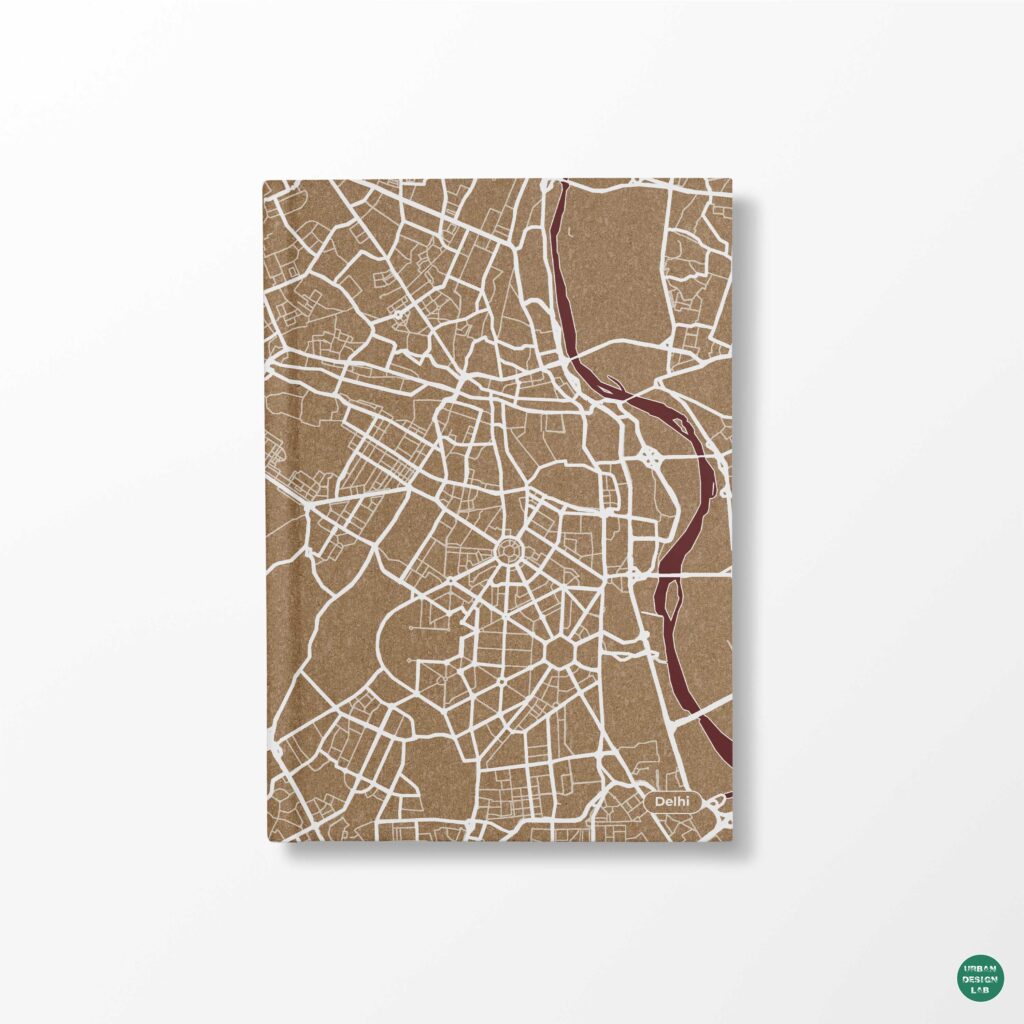
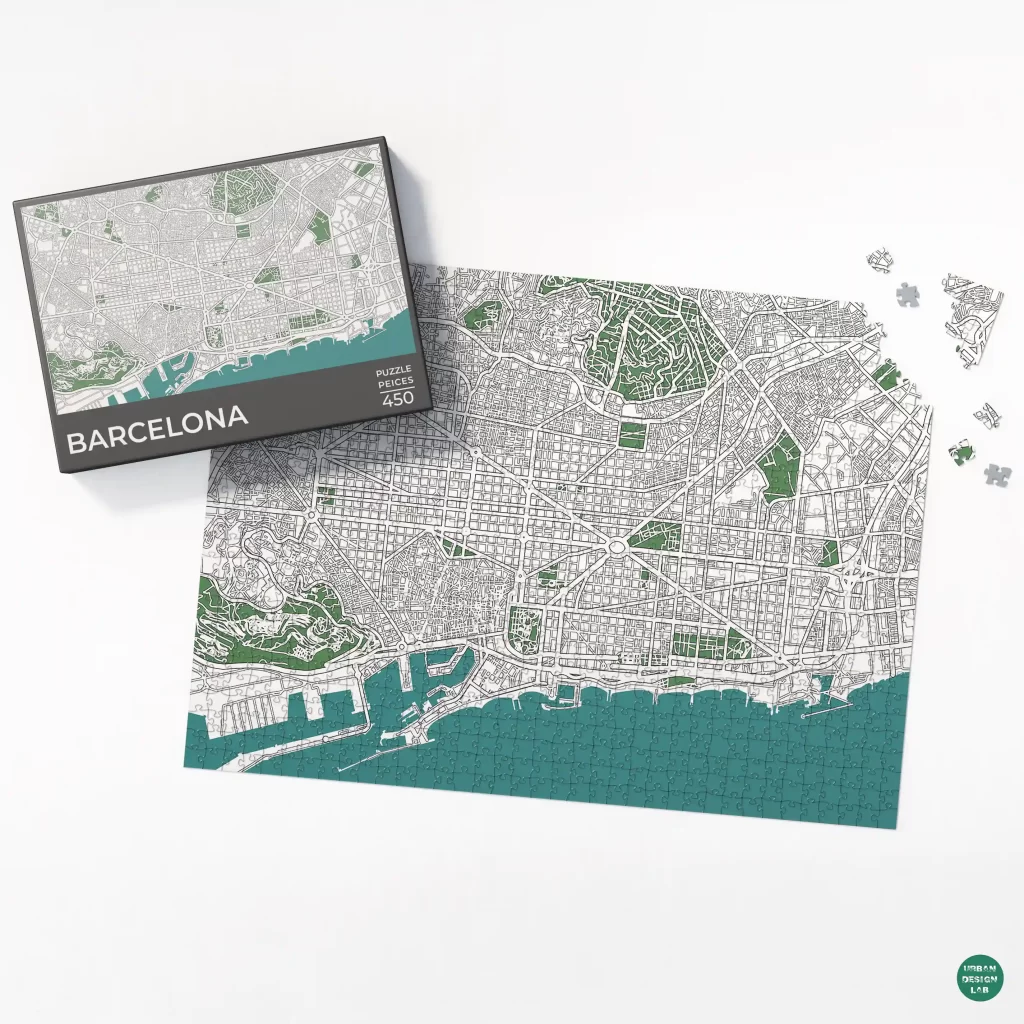
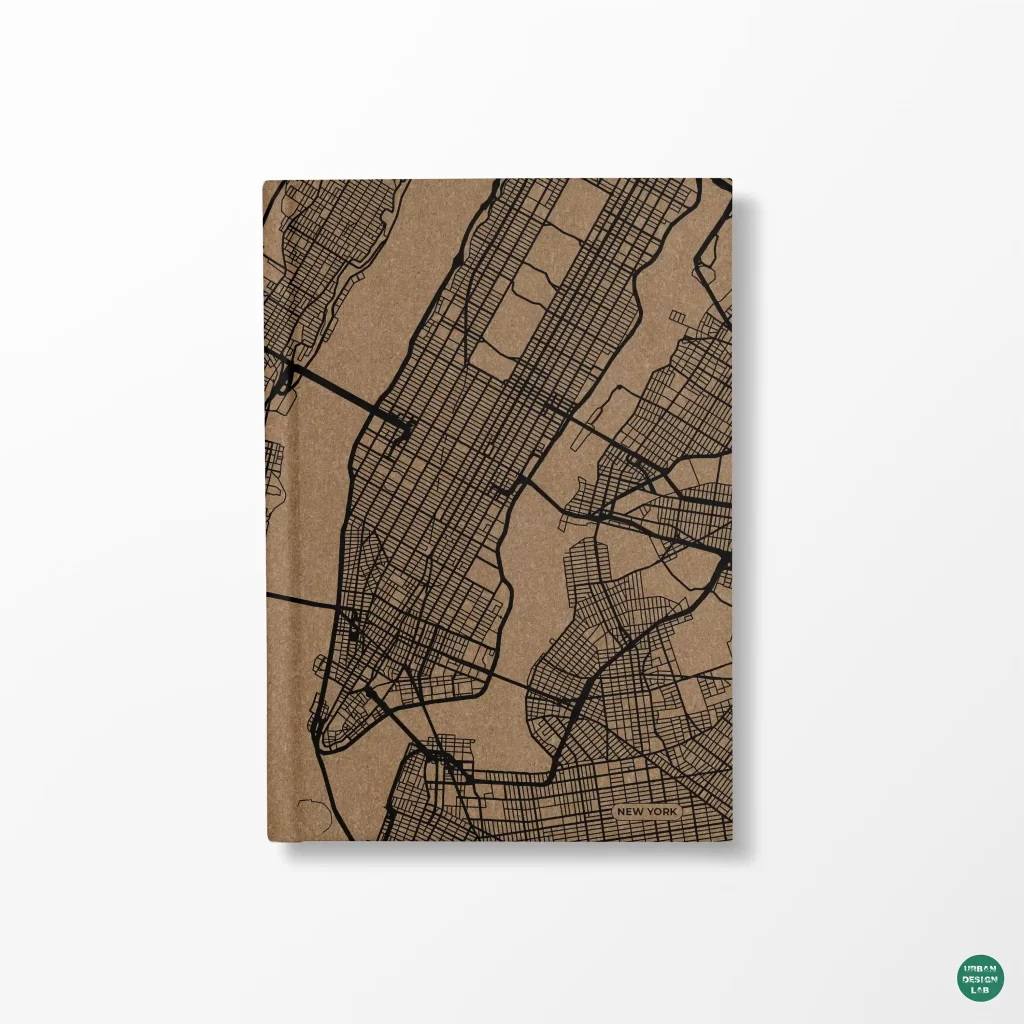
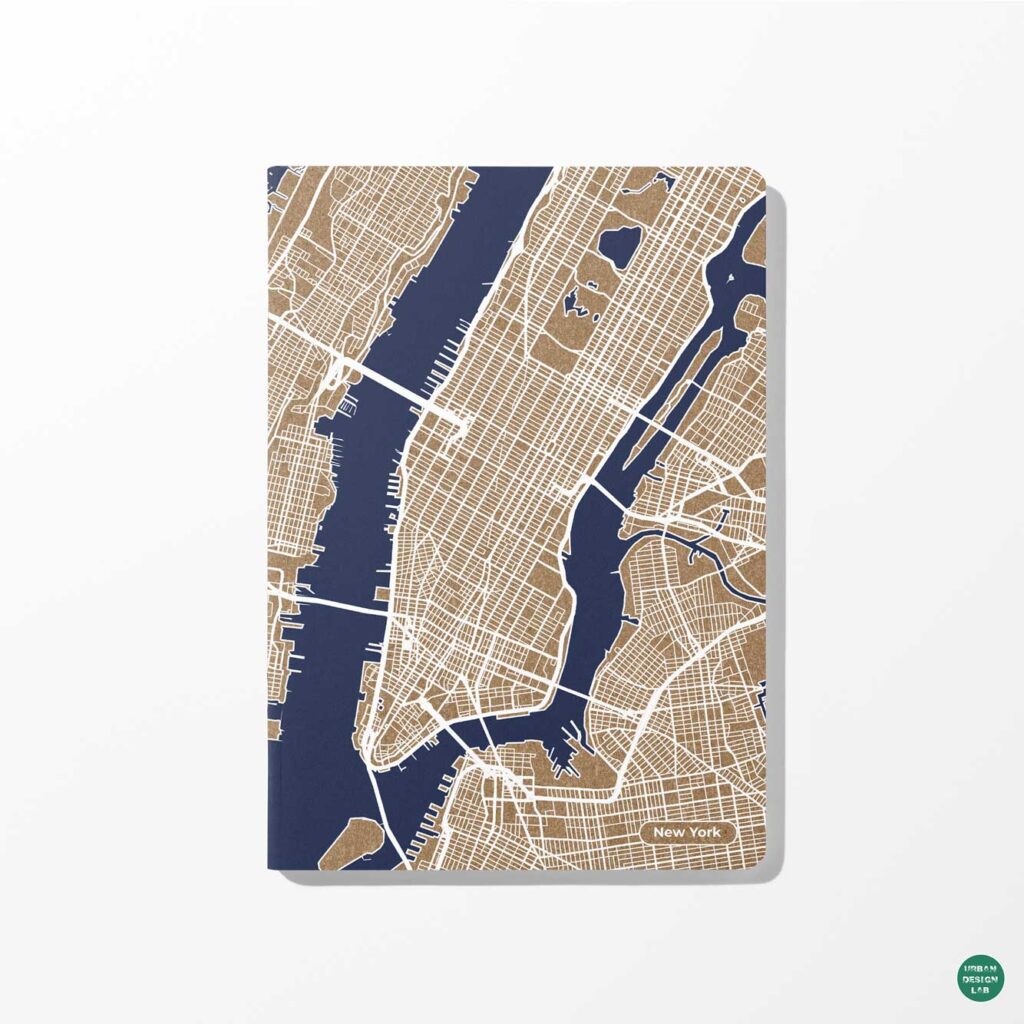
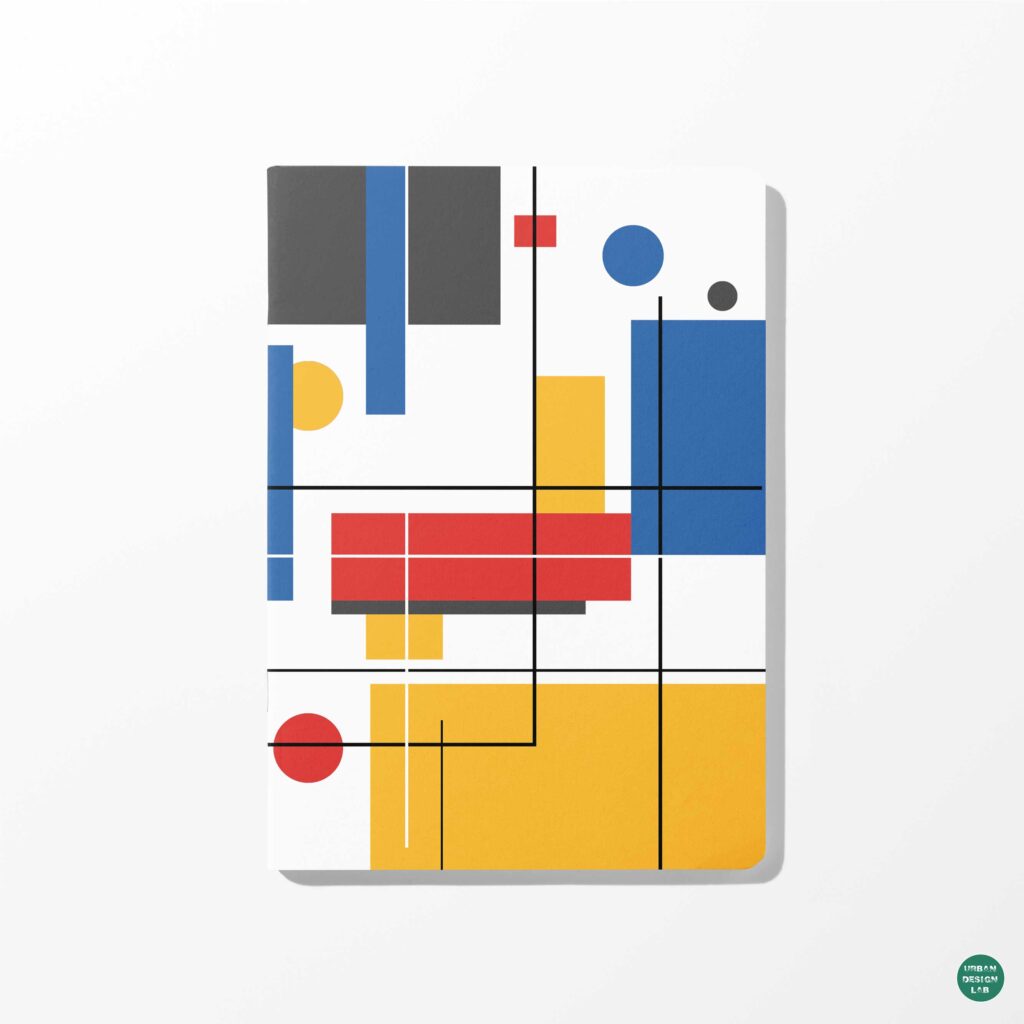
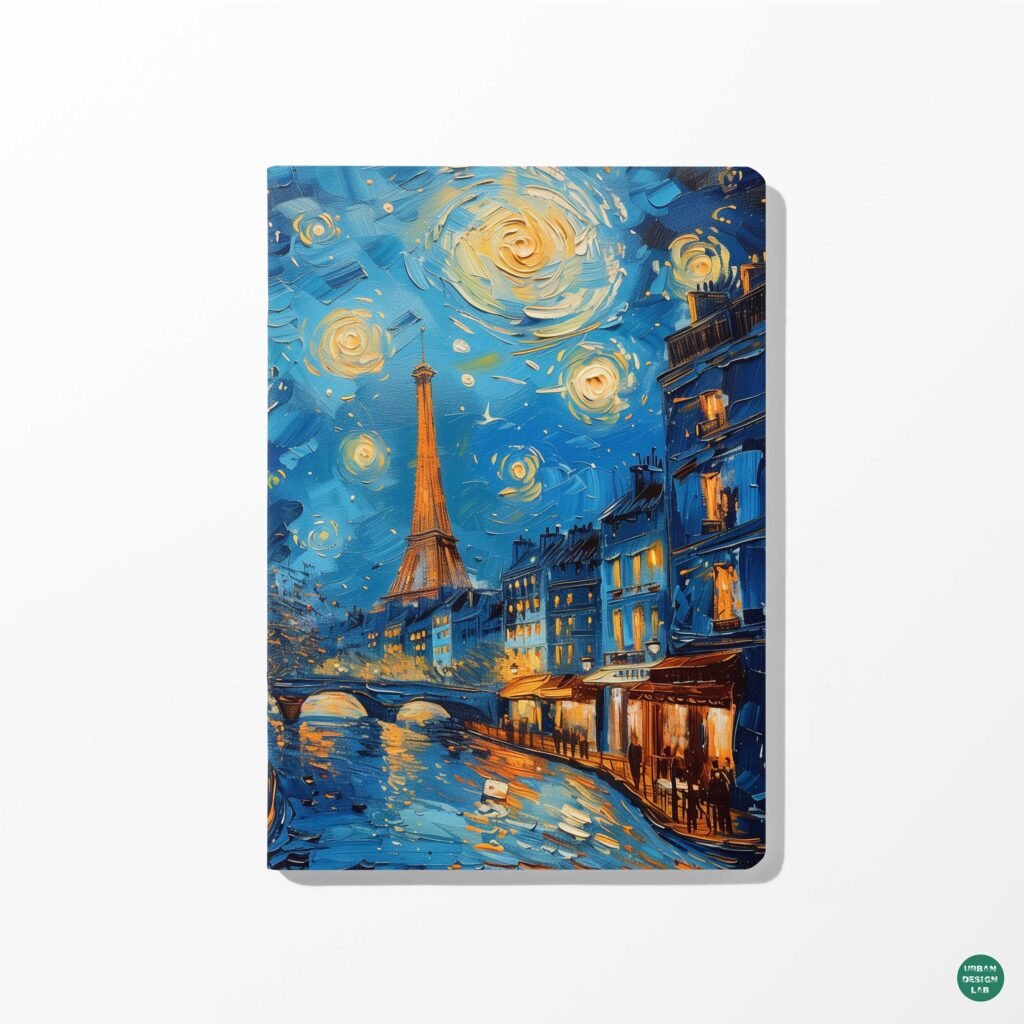
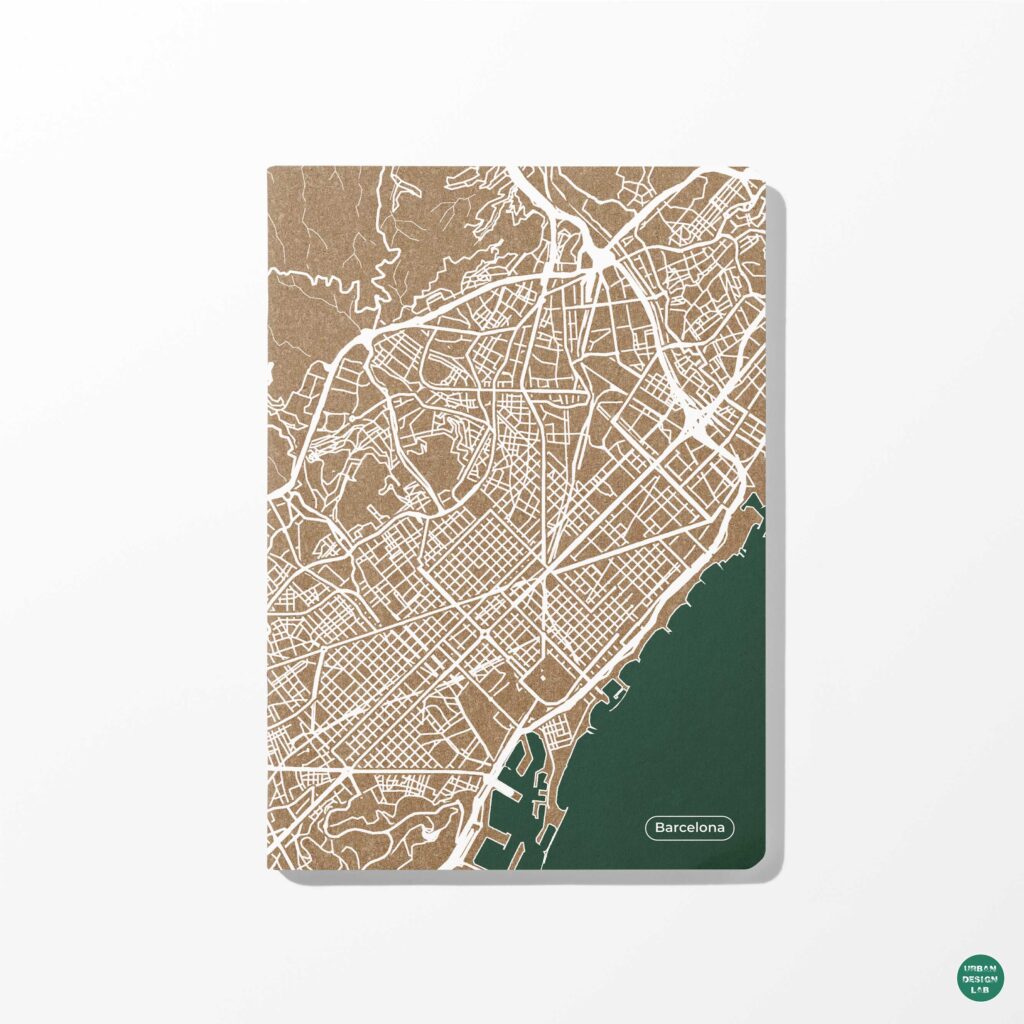
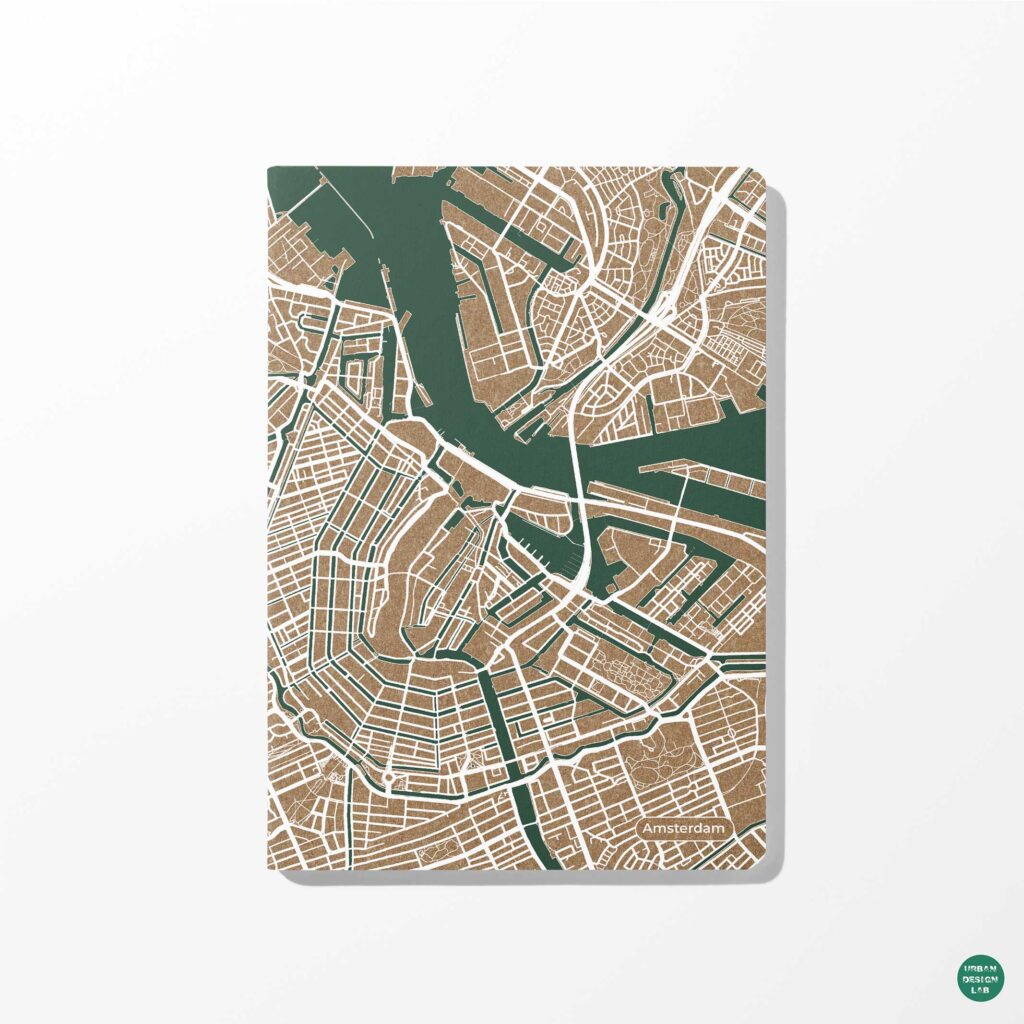
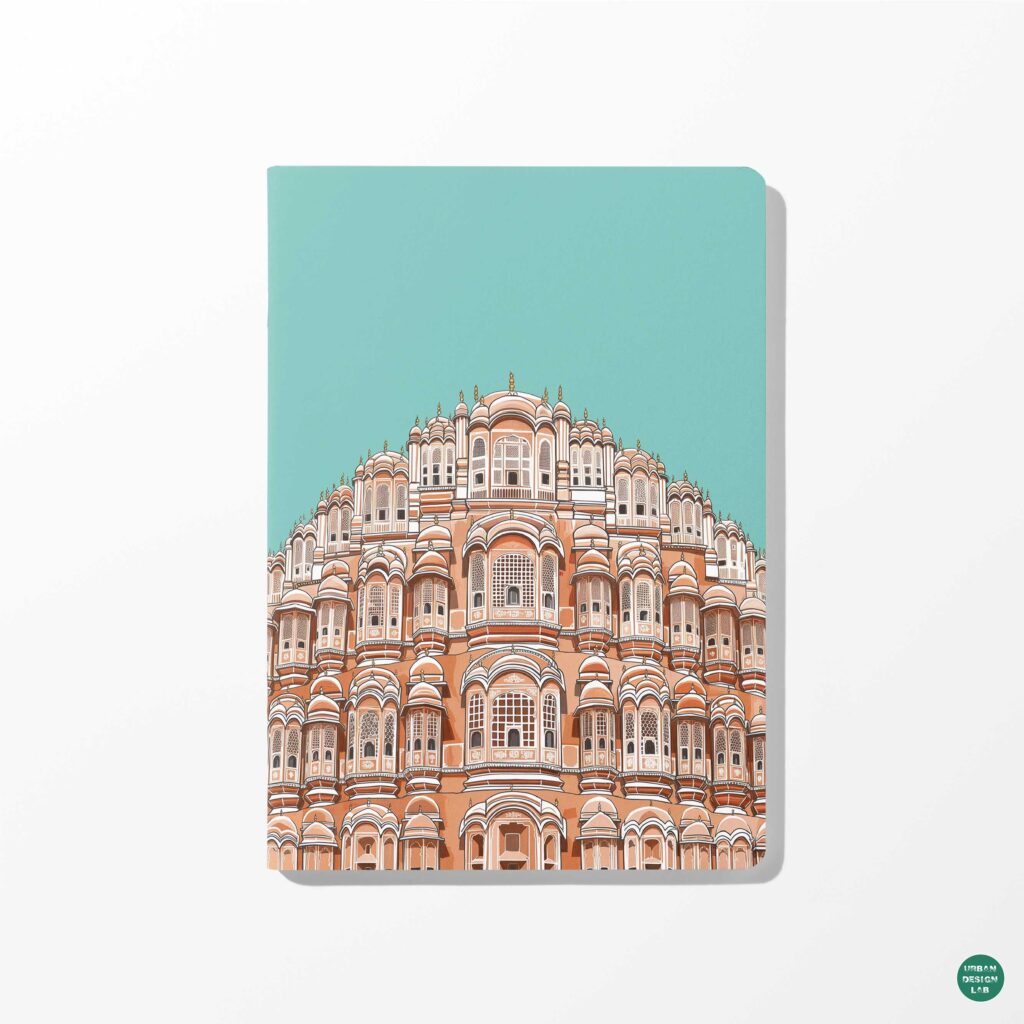
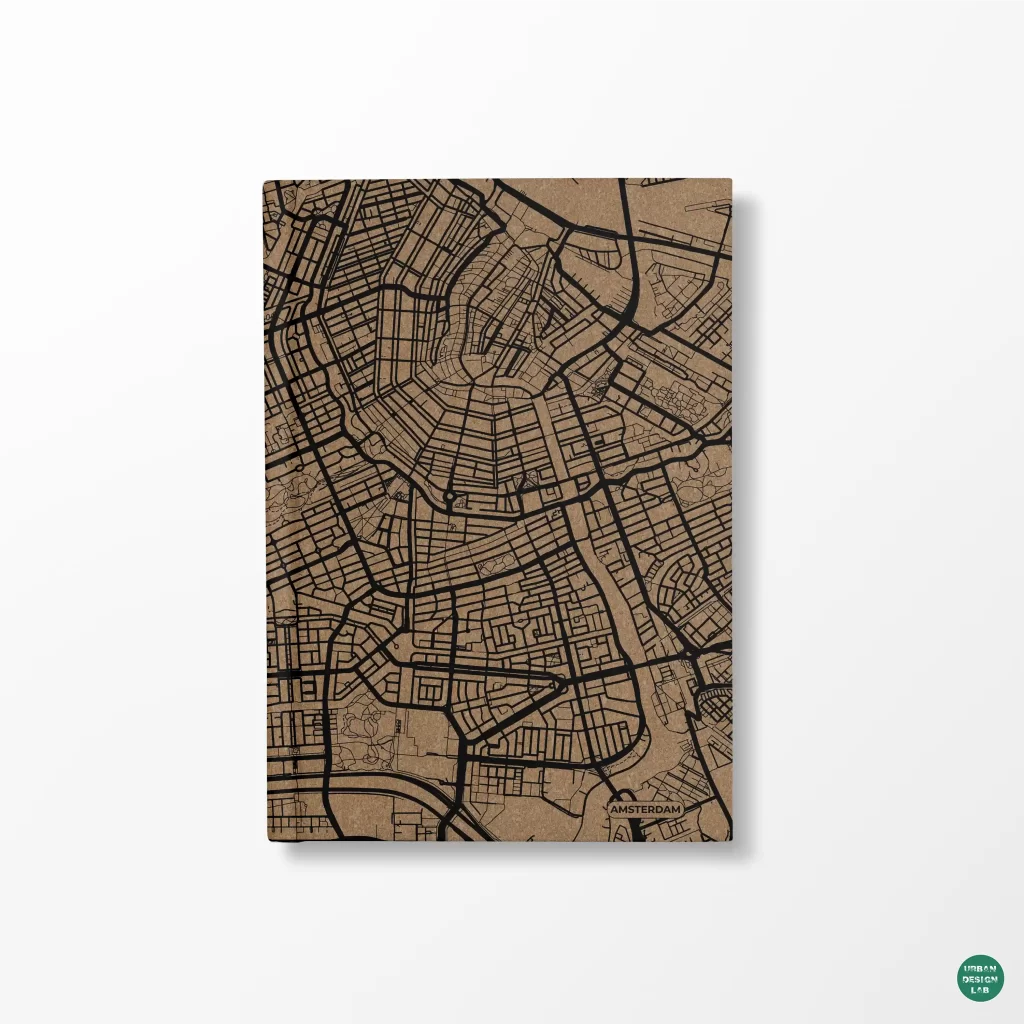
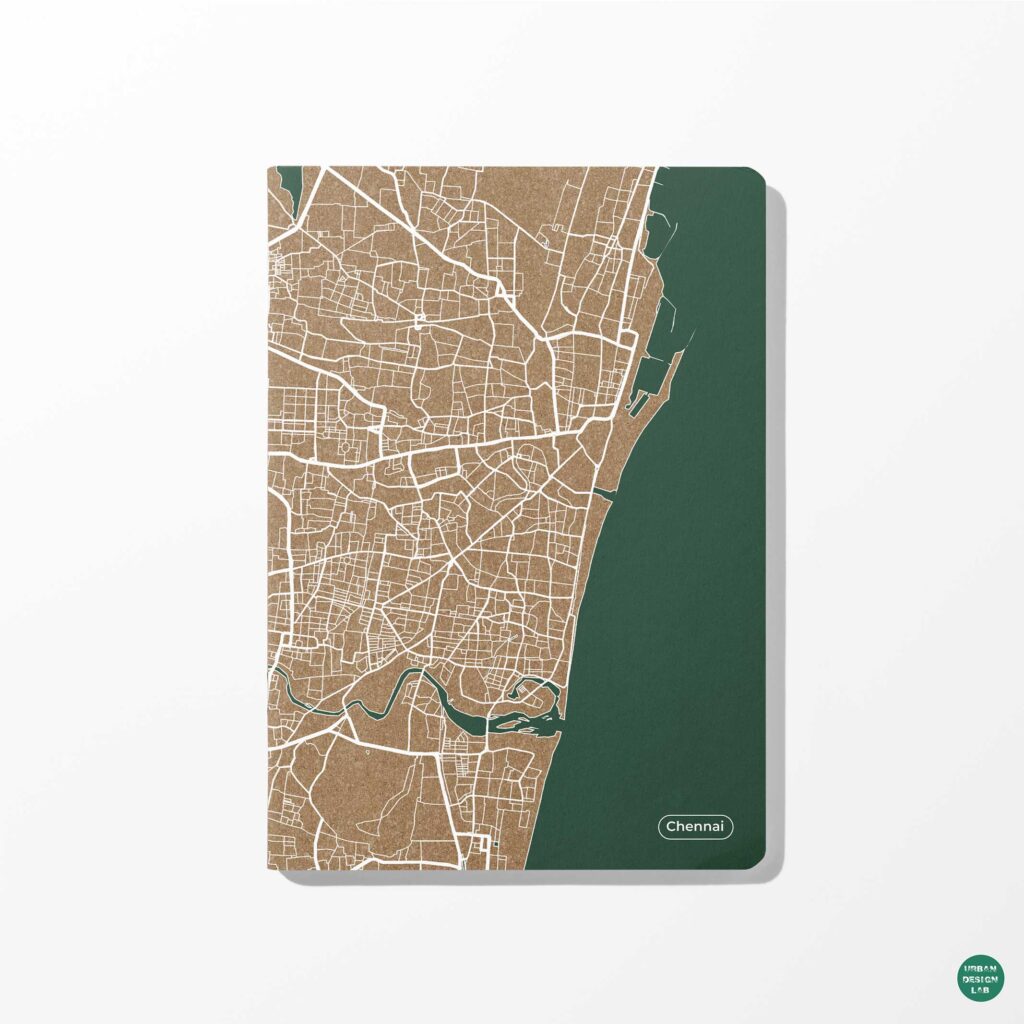



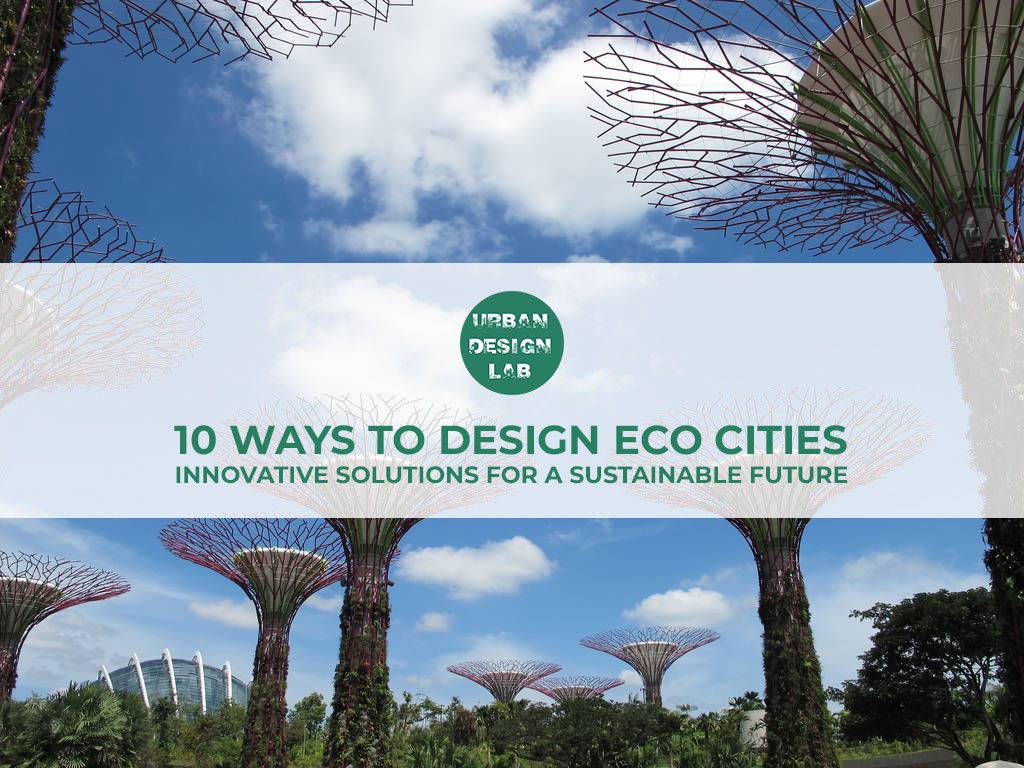

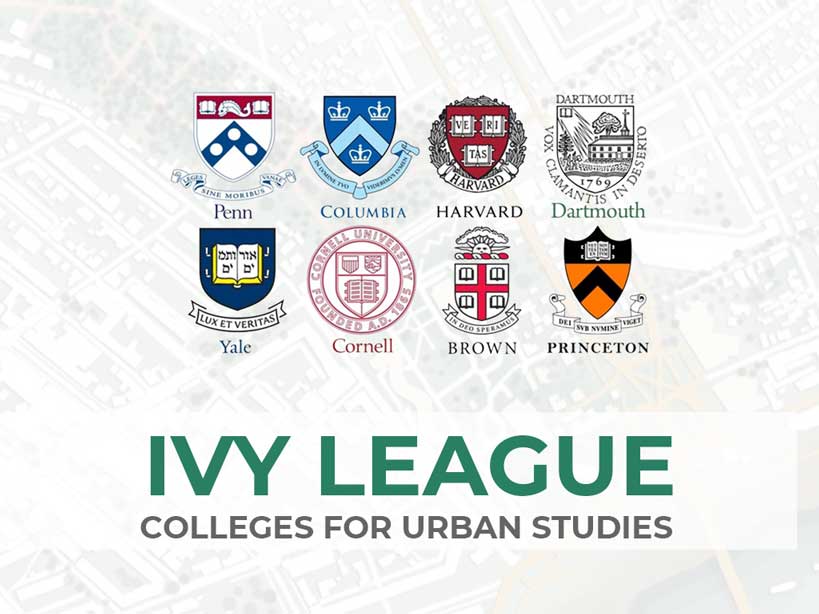
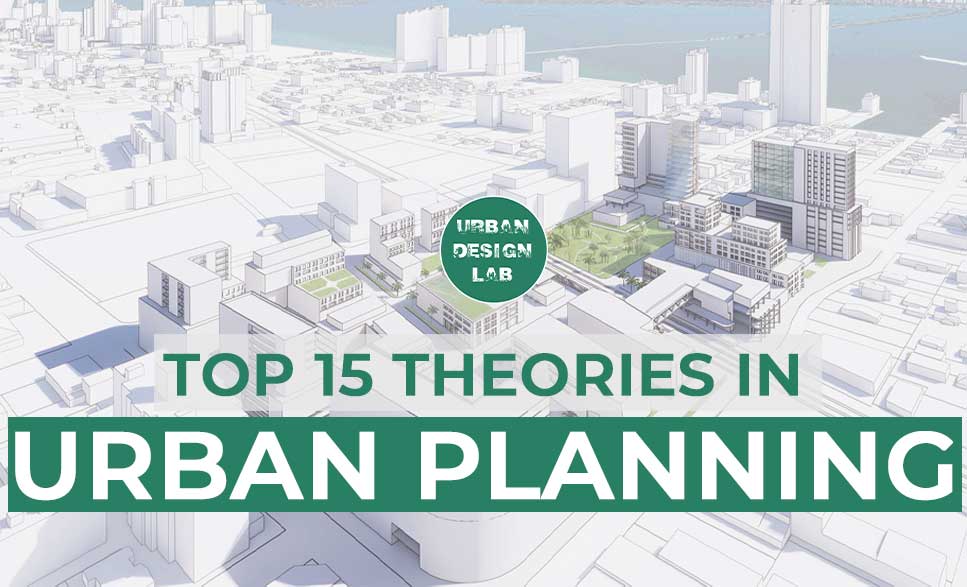
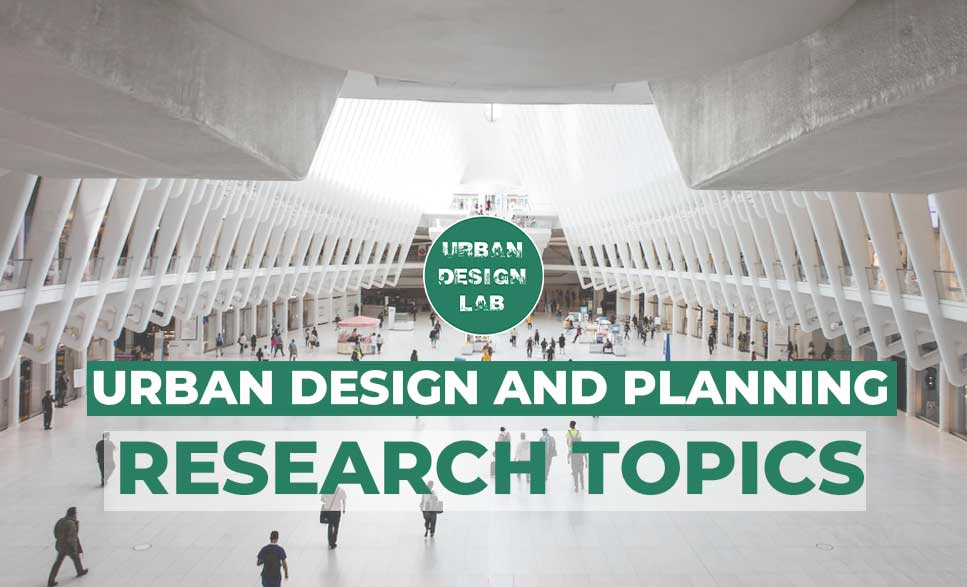
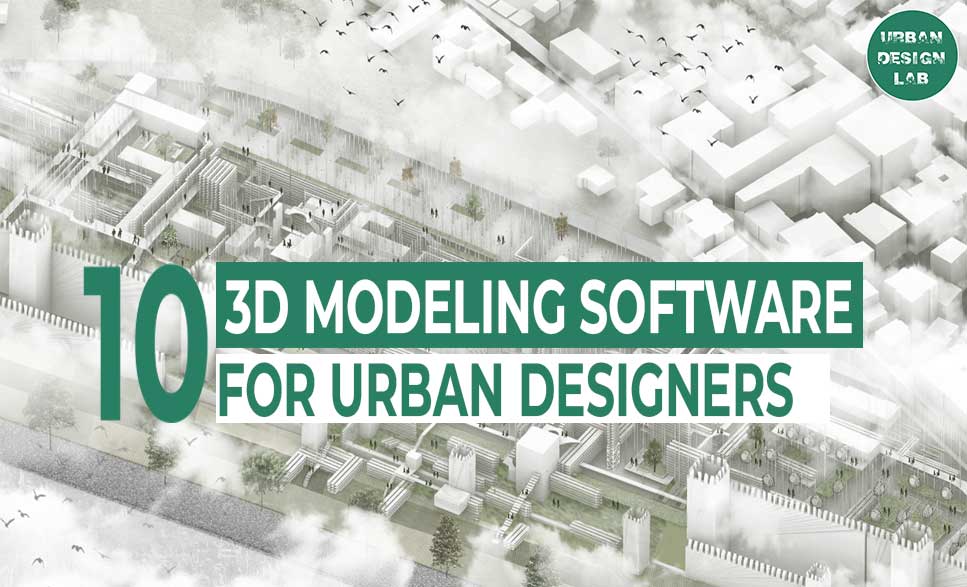

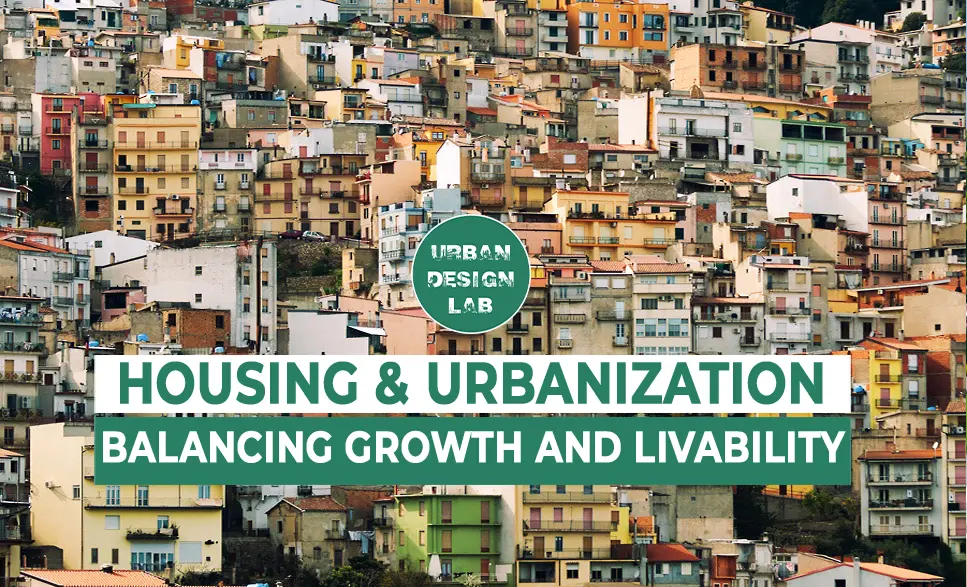
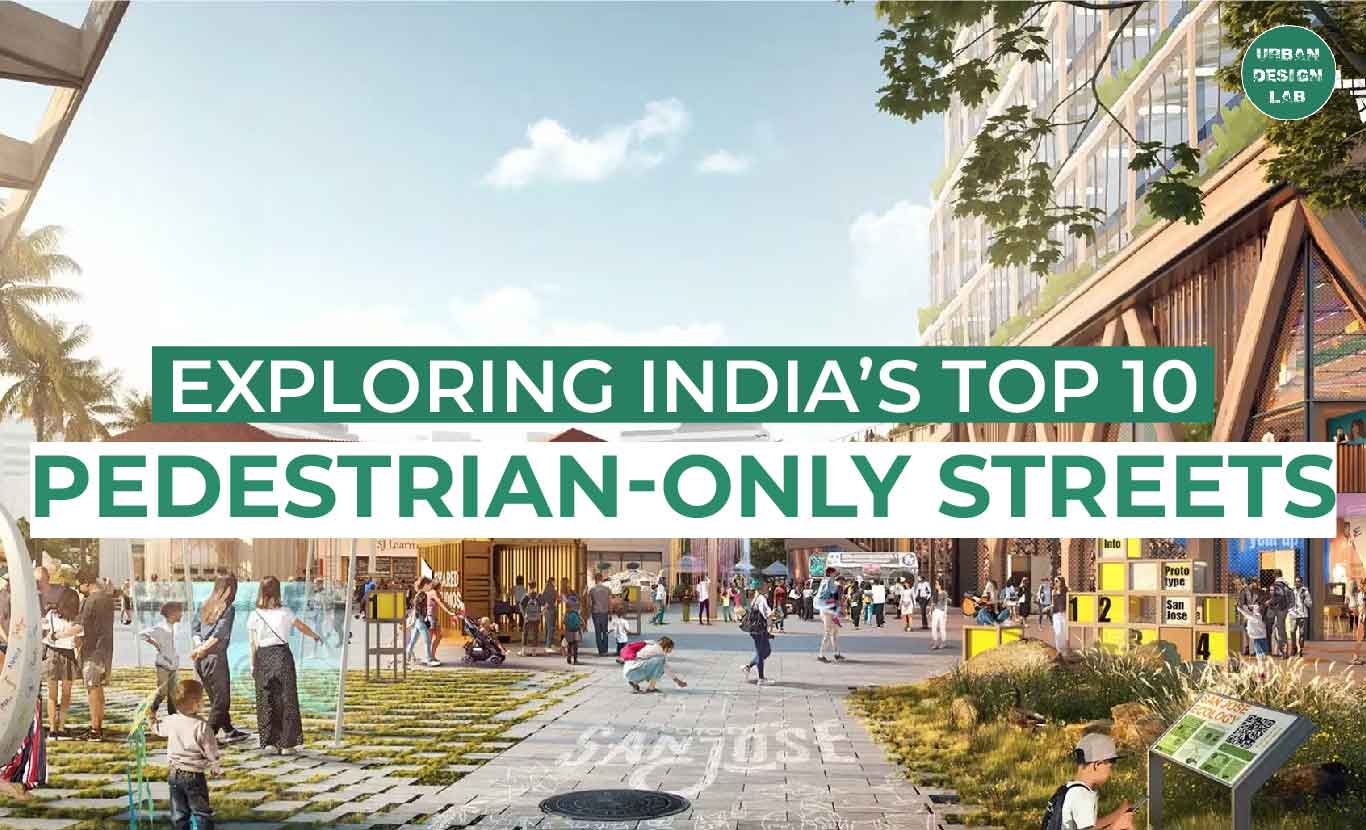
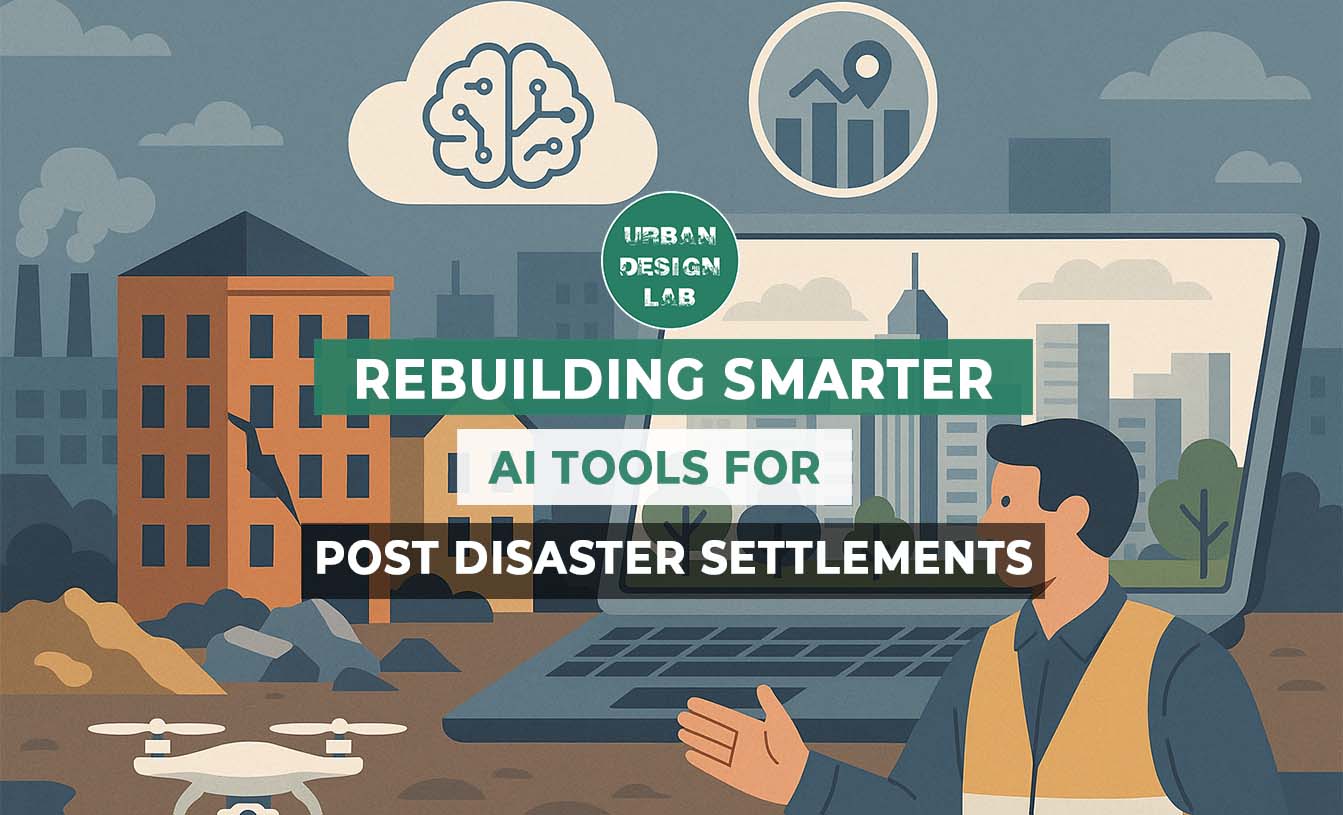
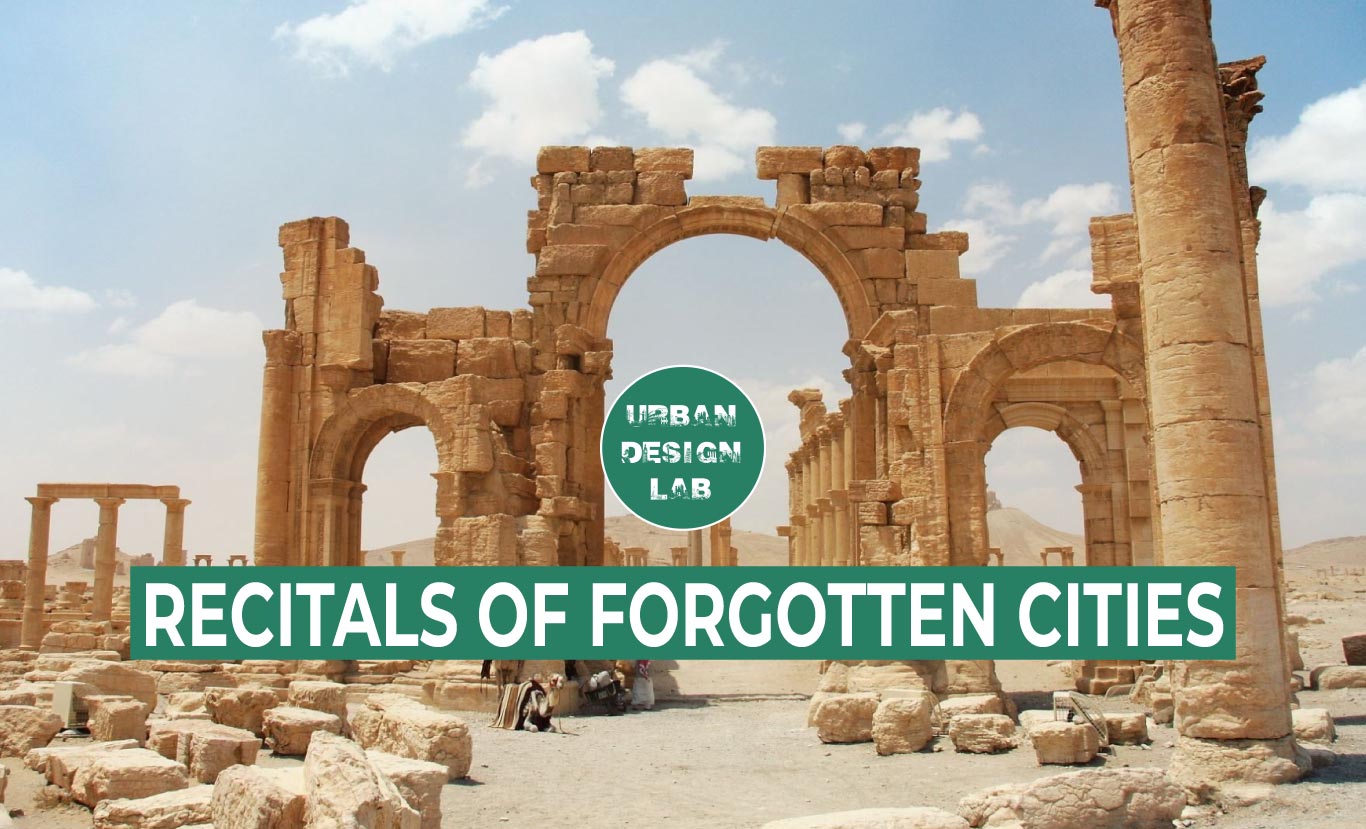
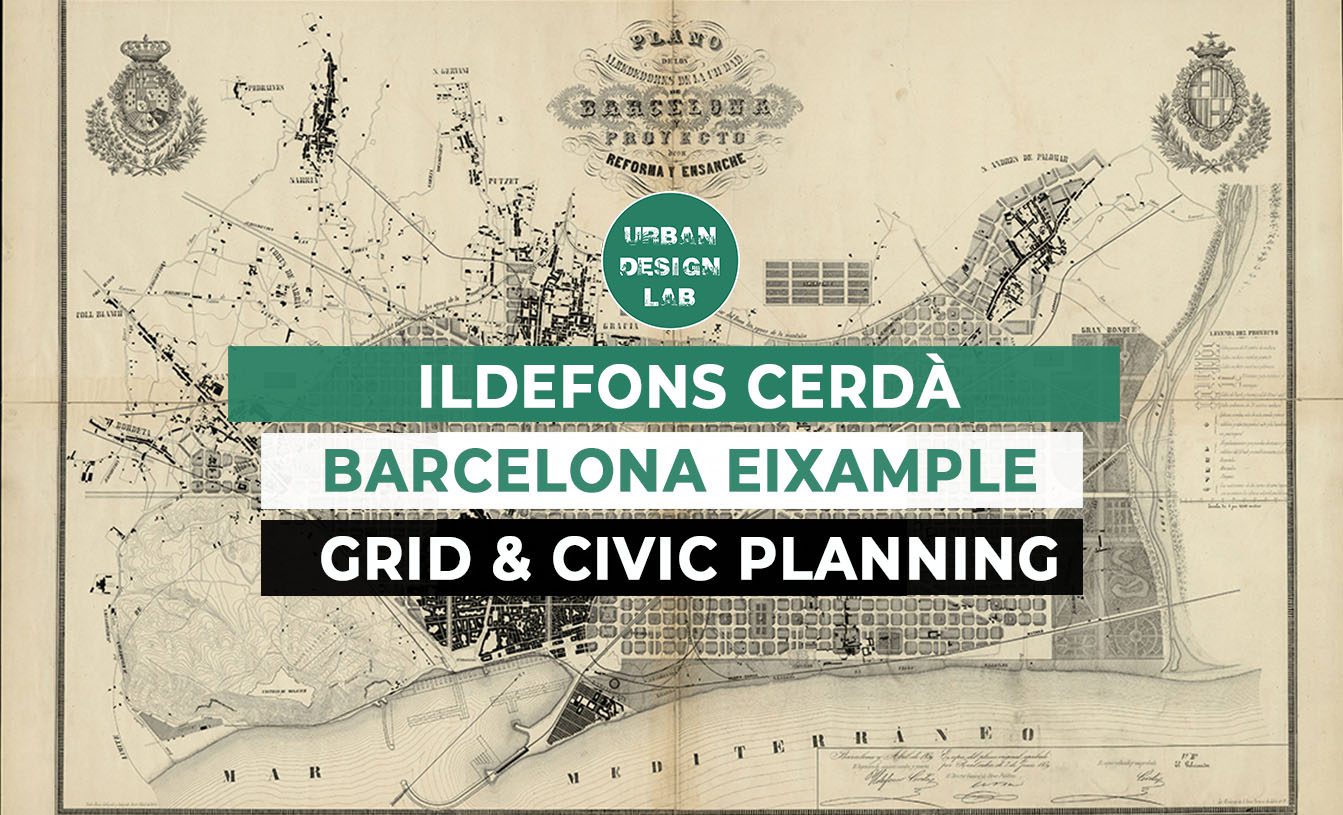
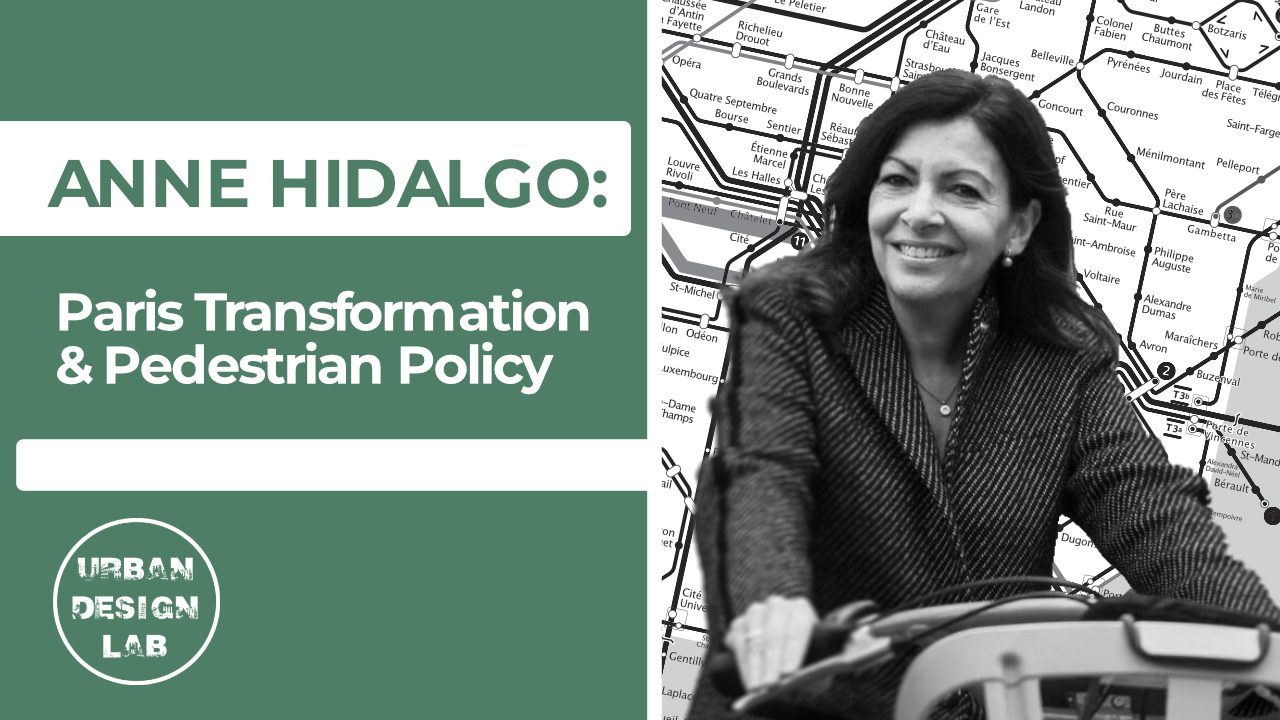
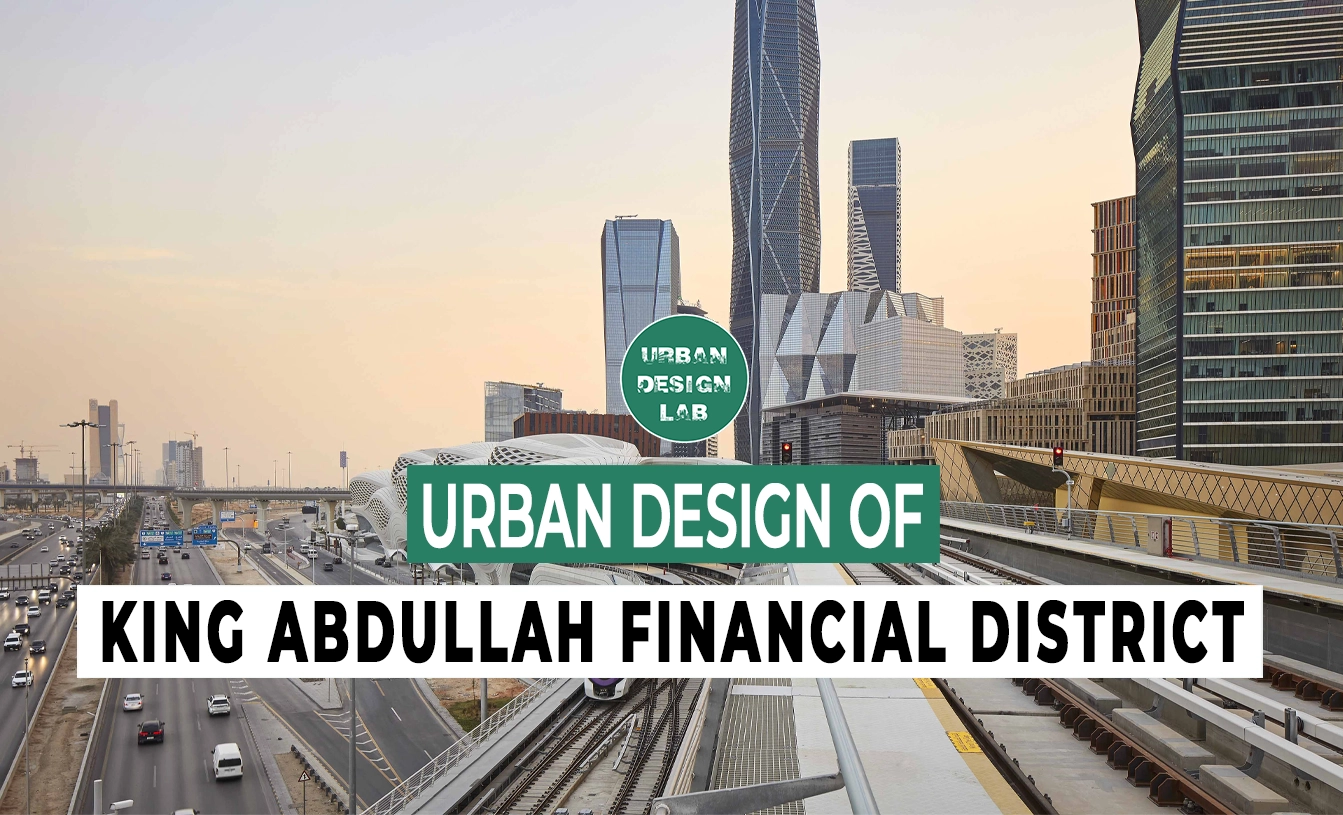


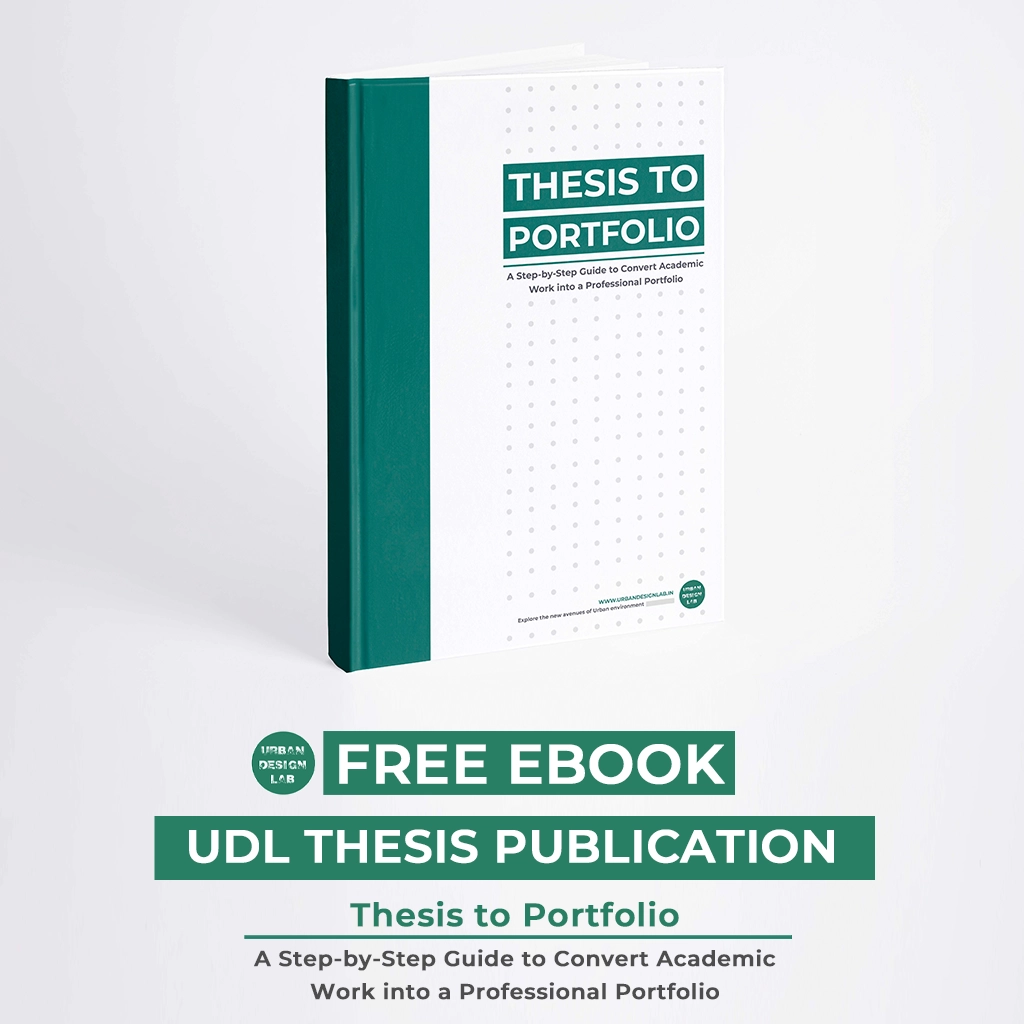
One Comment
Hi dear Juliana
My phD thesis topic was about “placemaking in public domain through temporary retail”. I look forward a postdoctoral or faculty member position.
I can send my CV to your eamil. Plz guide me.
Thanks